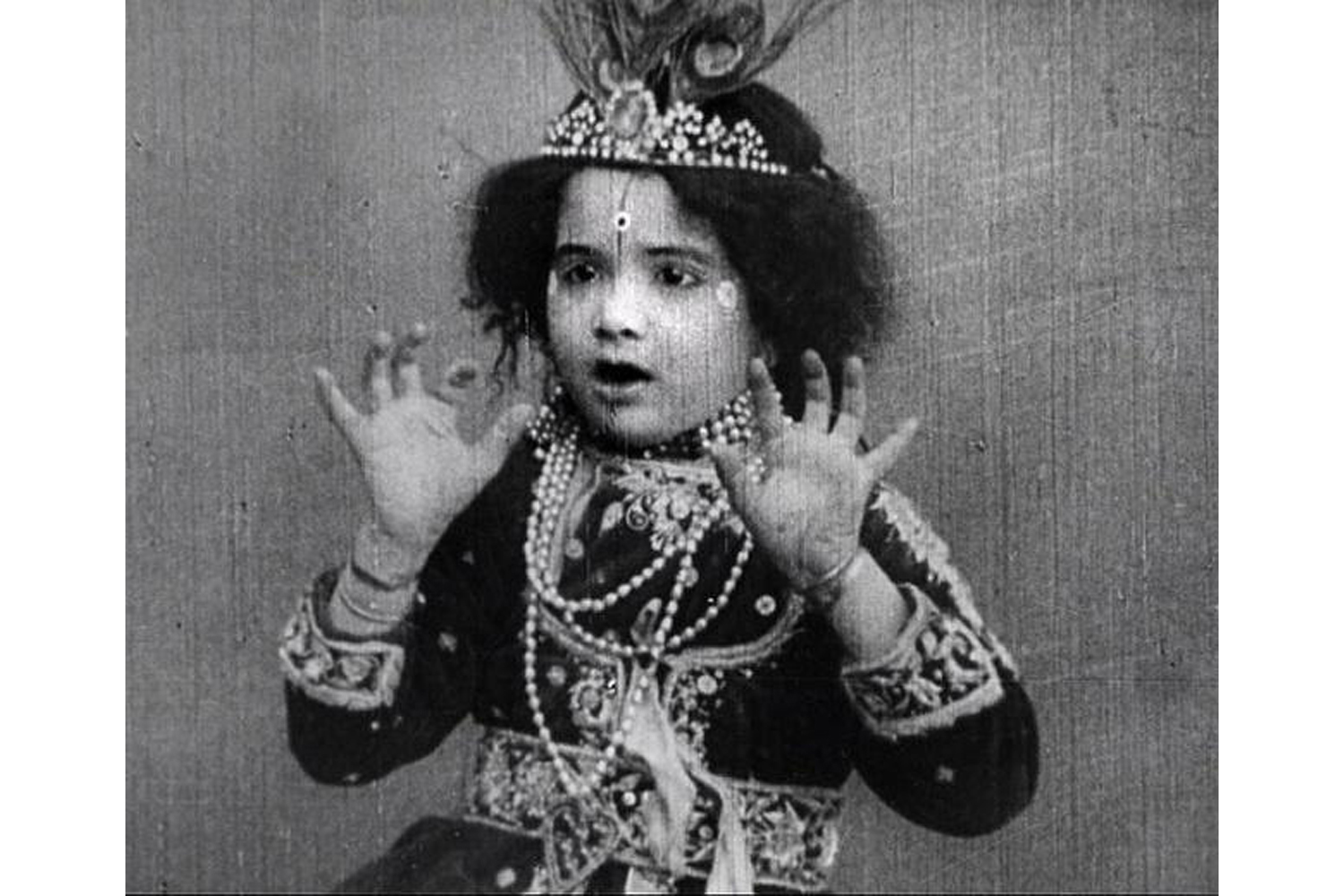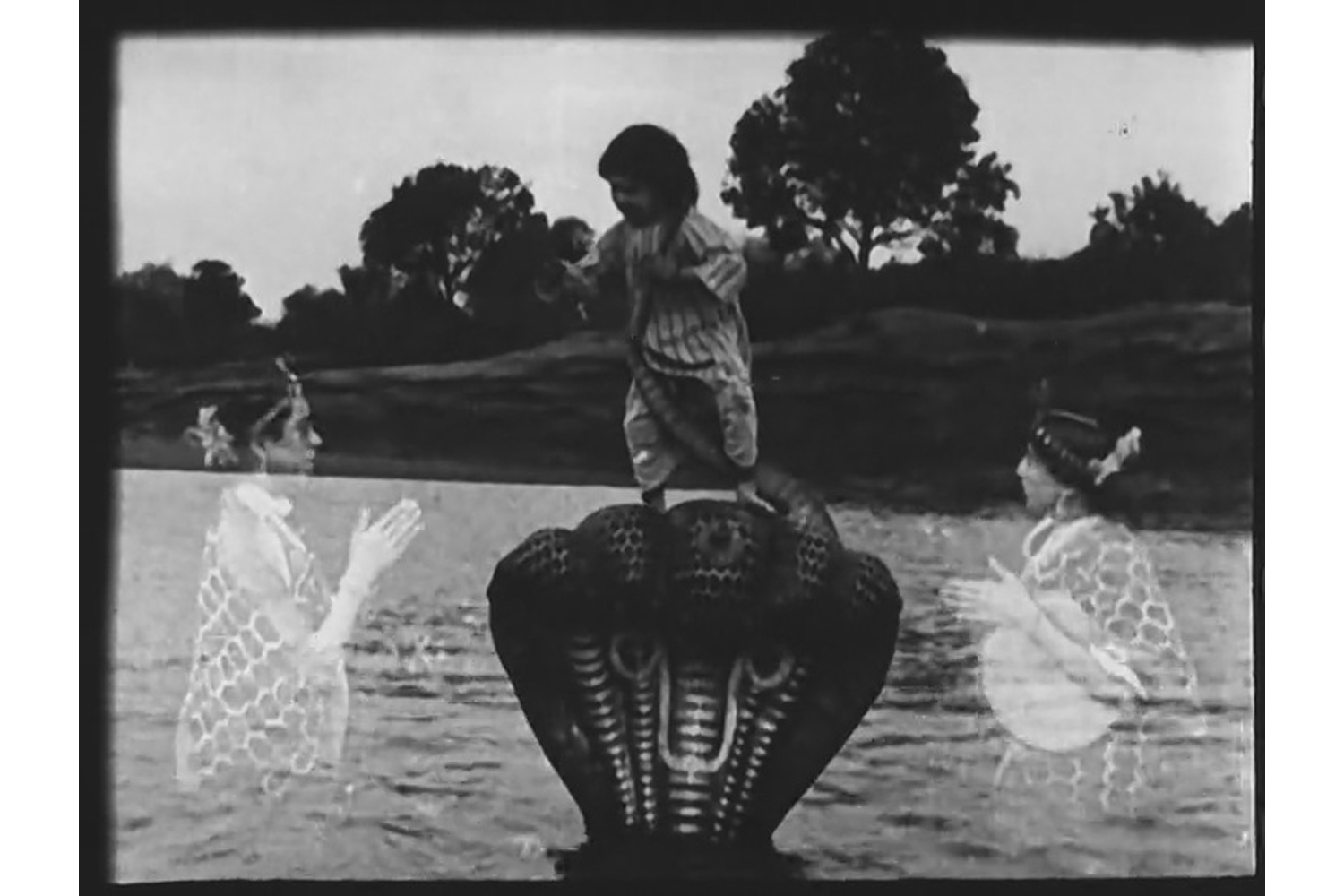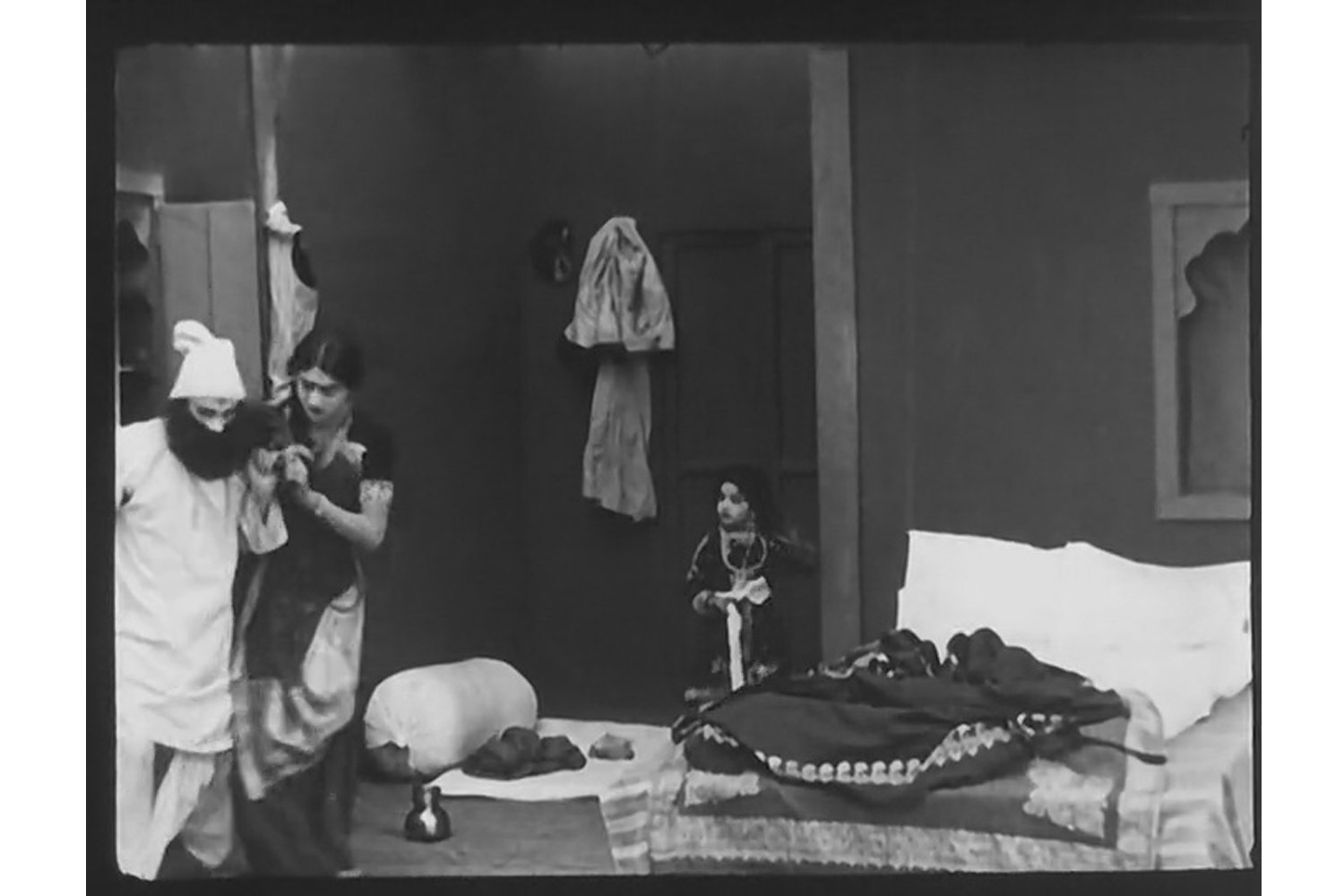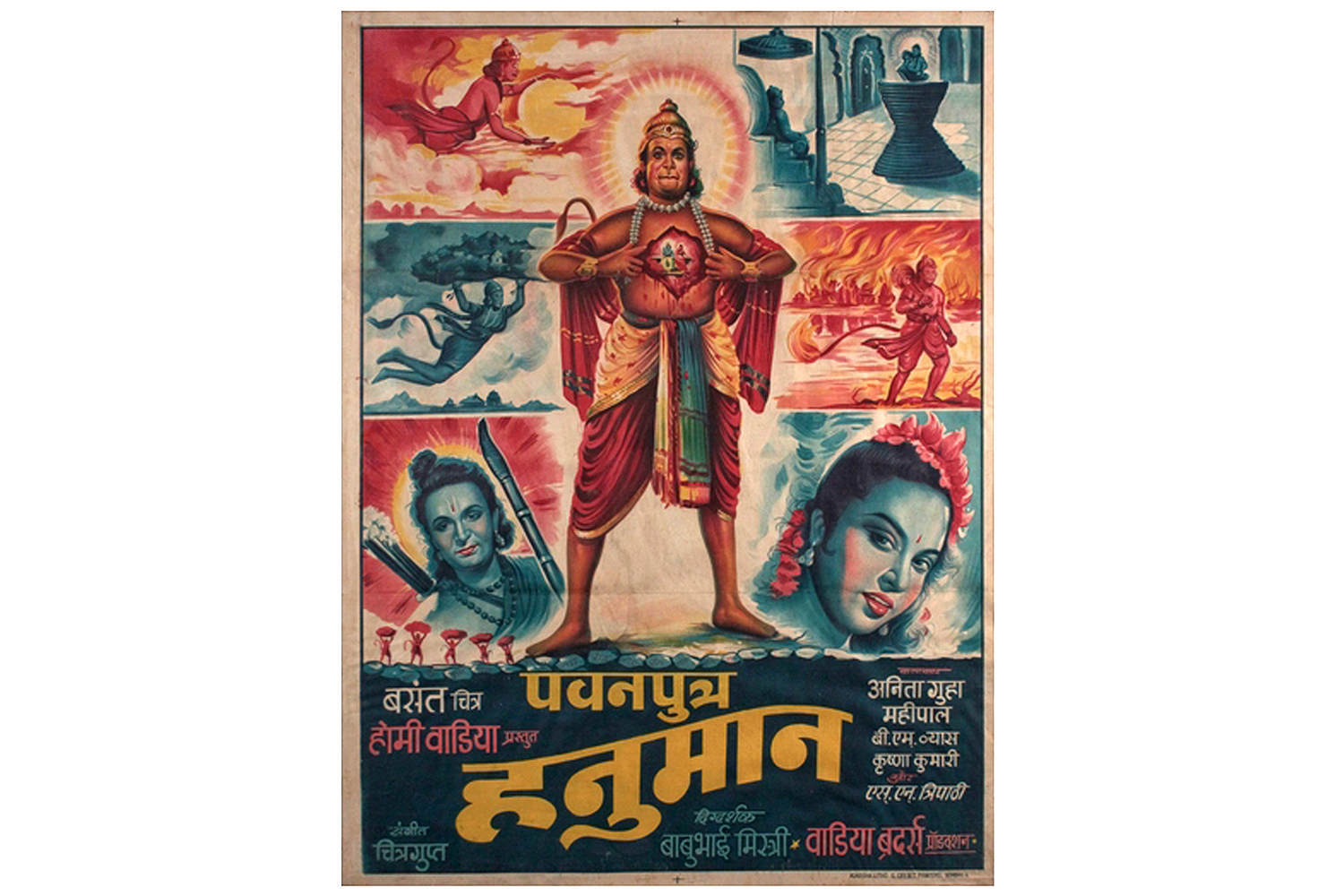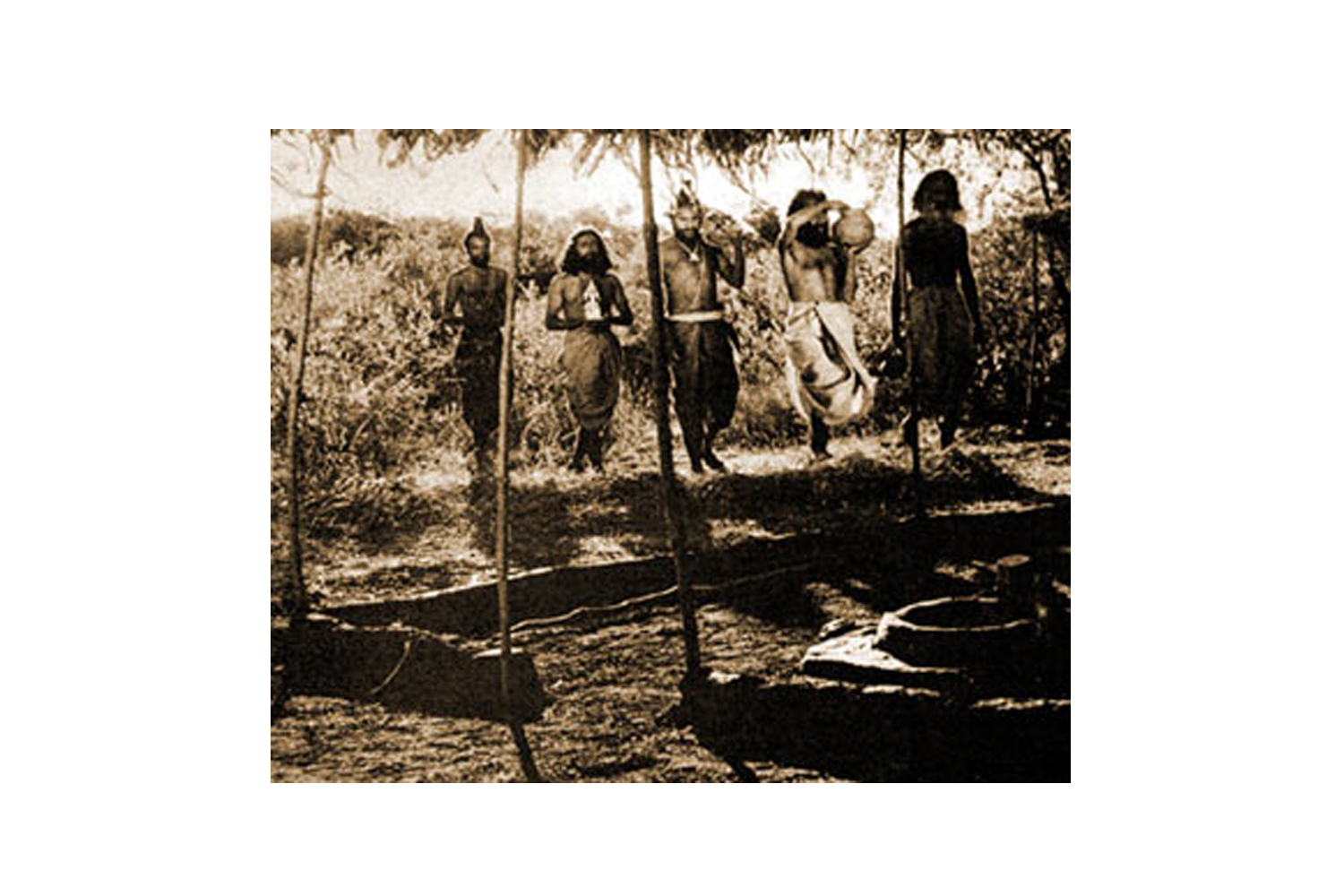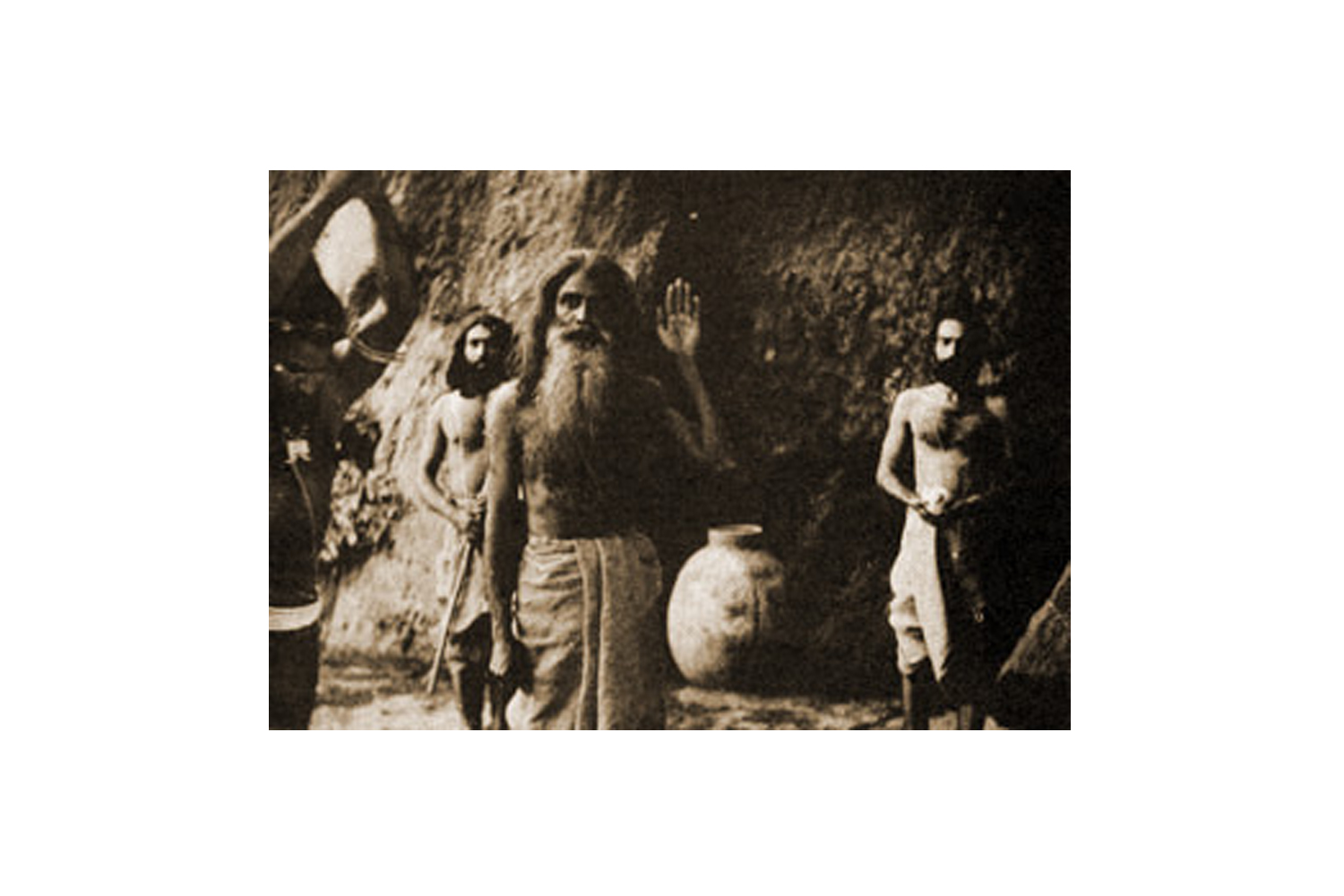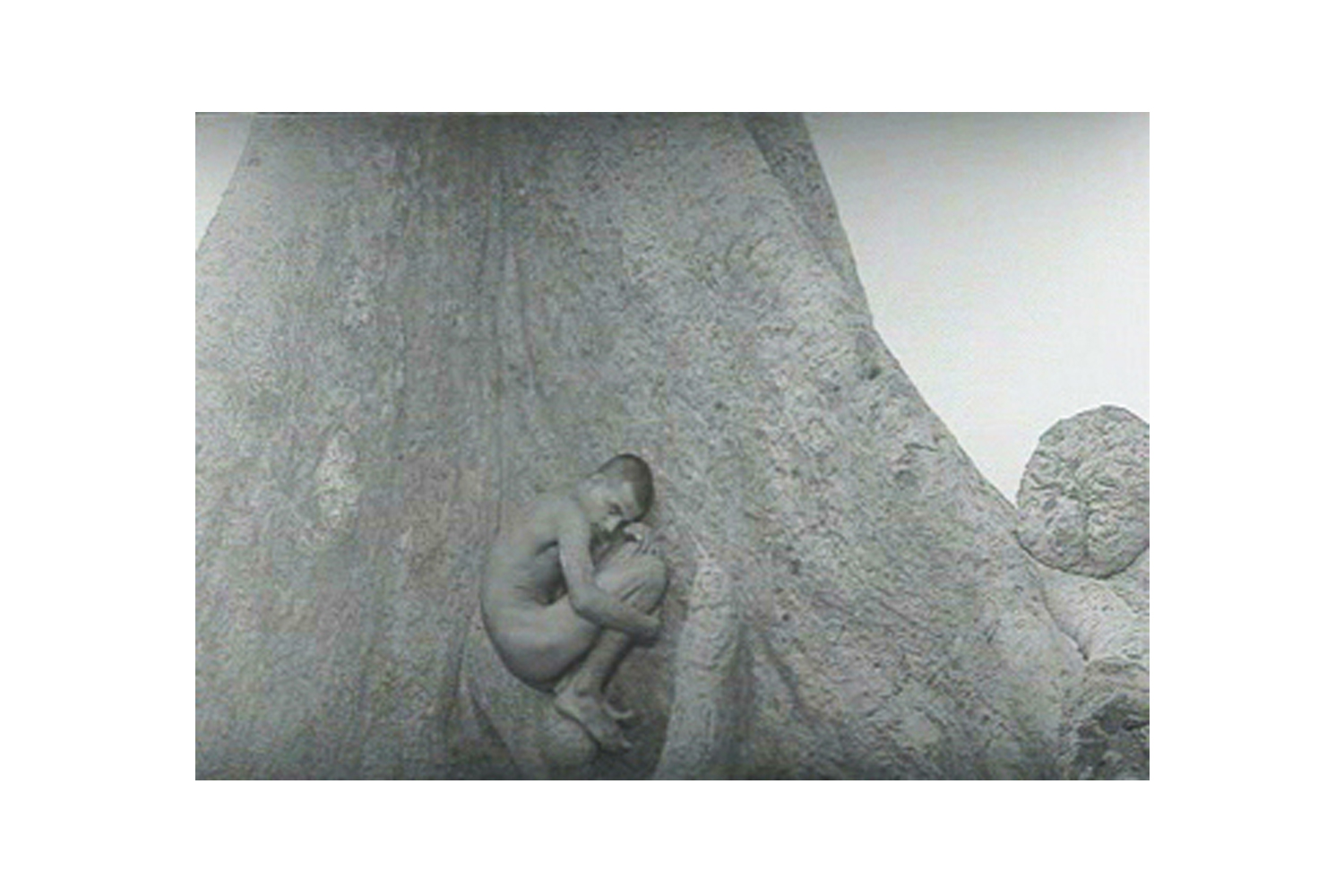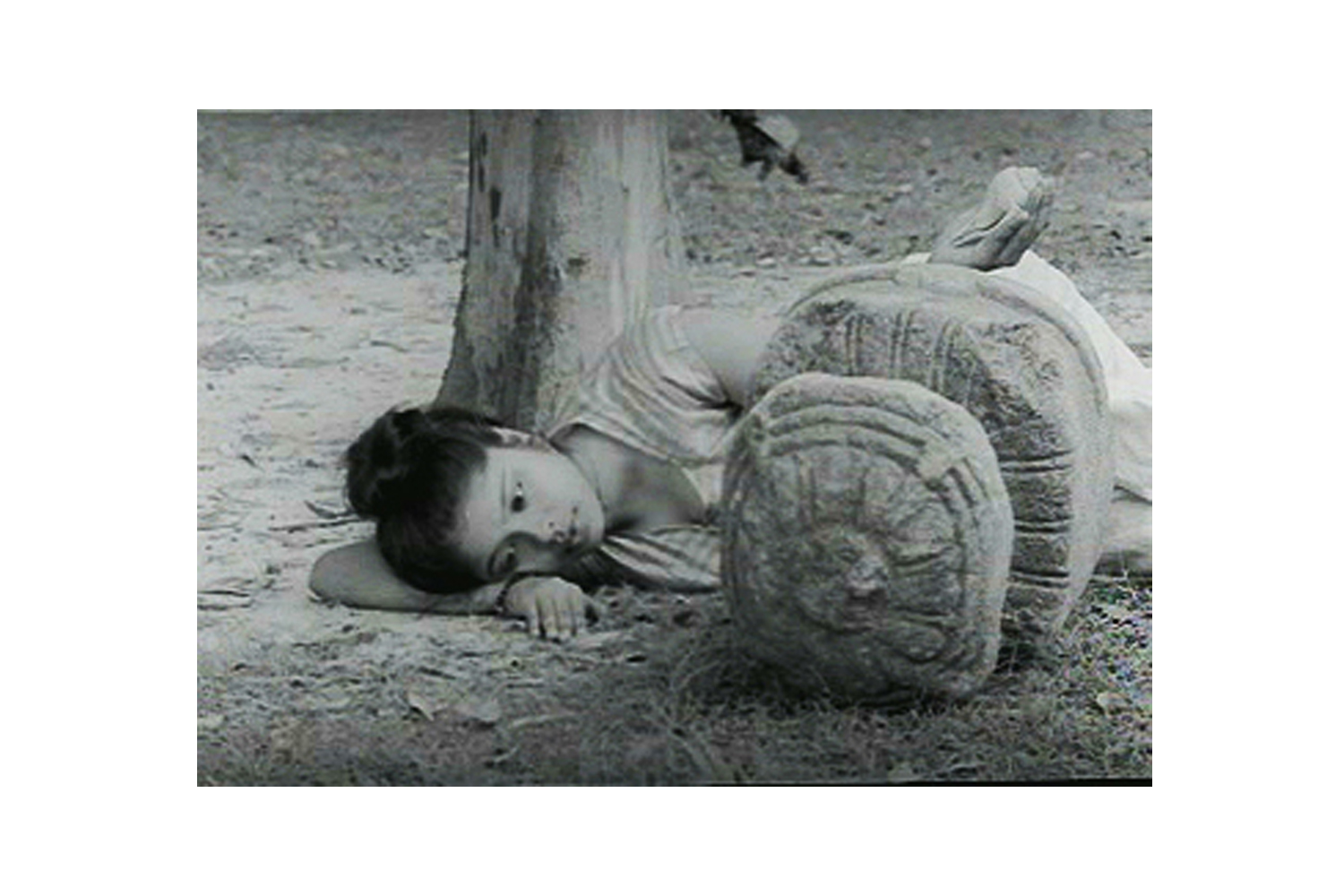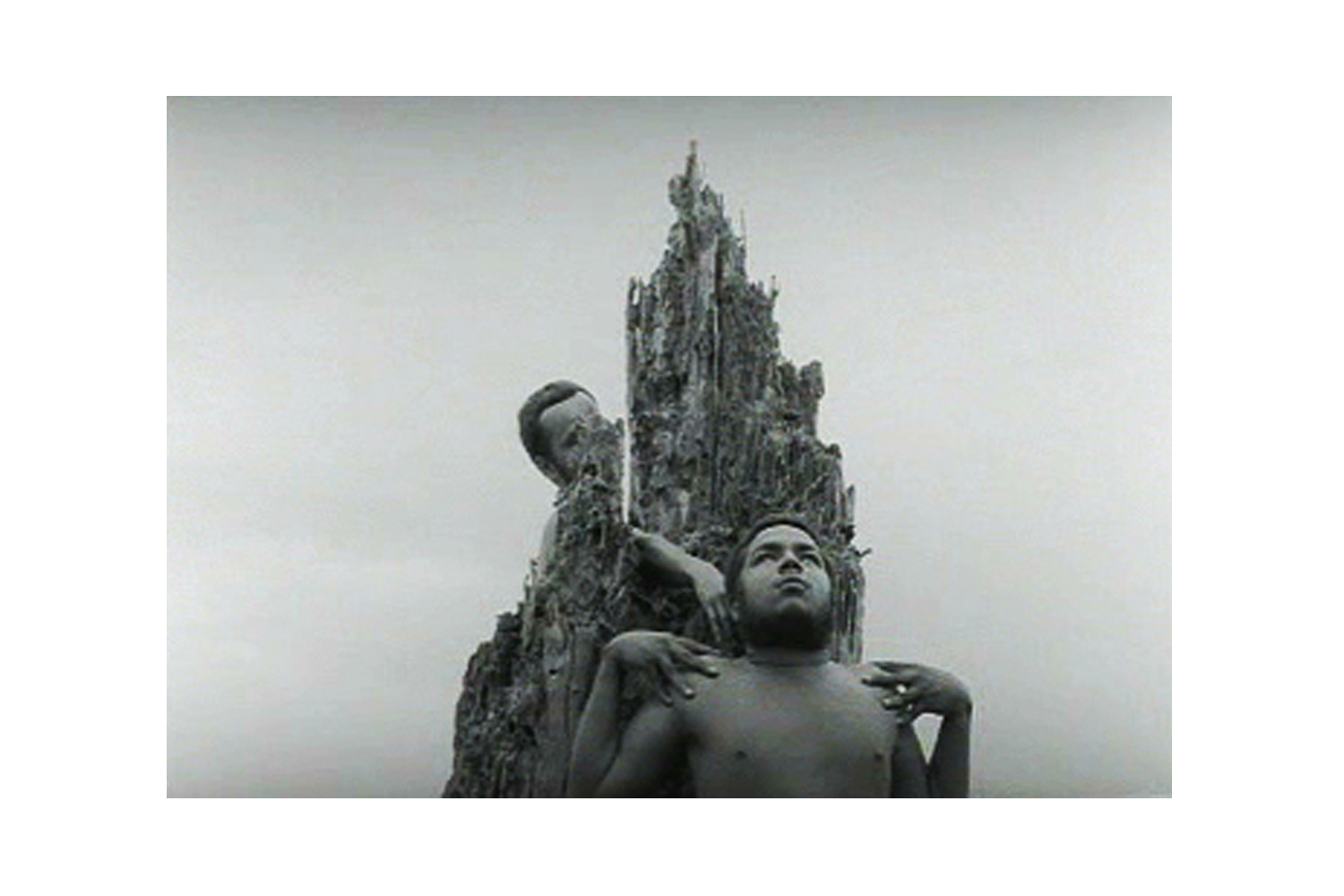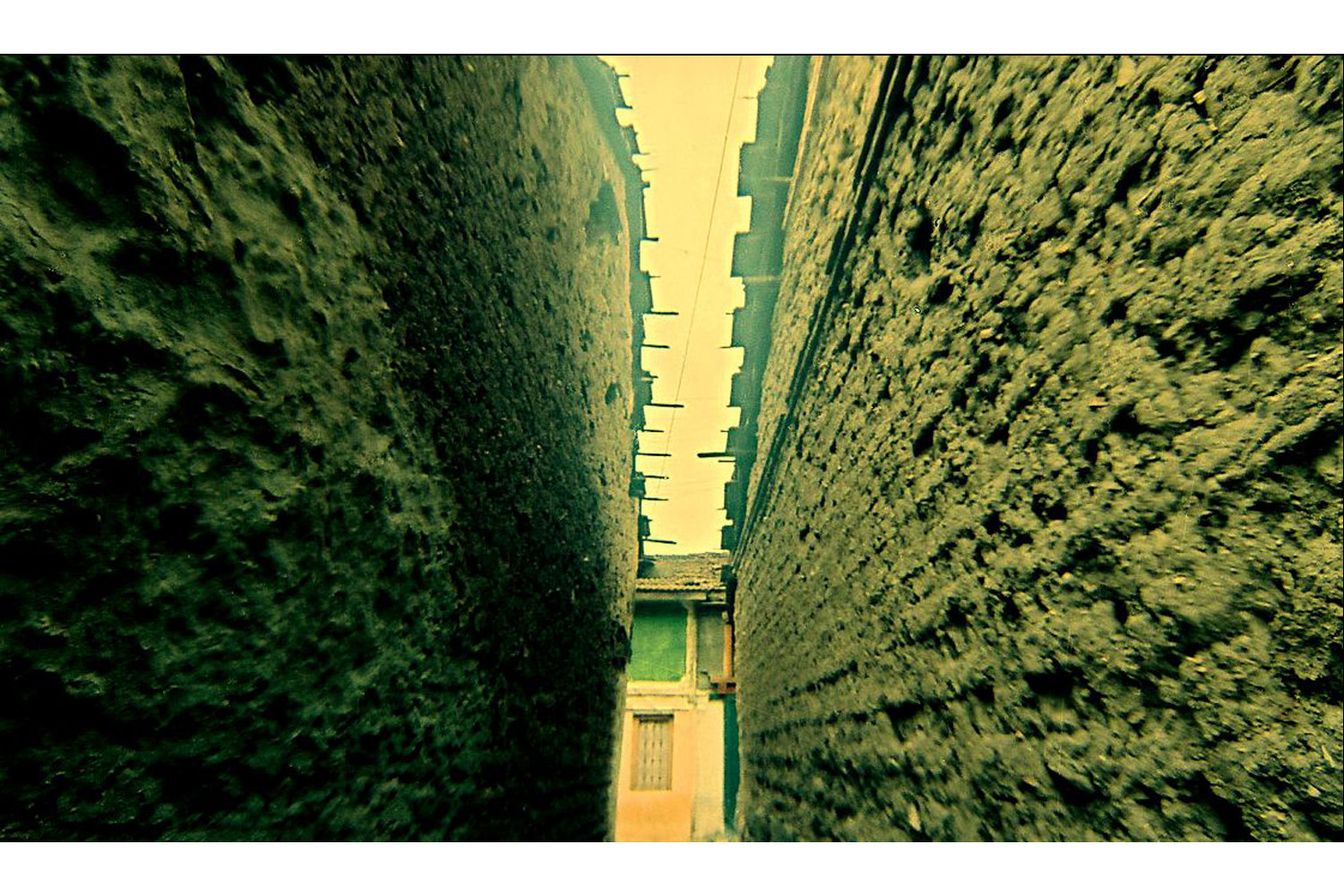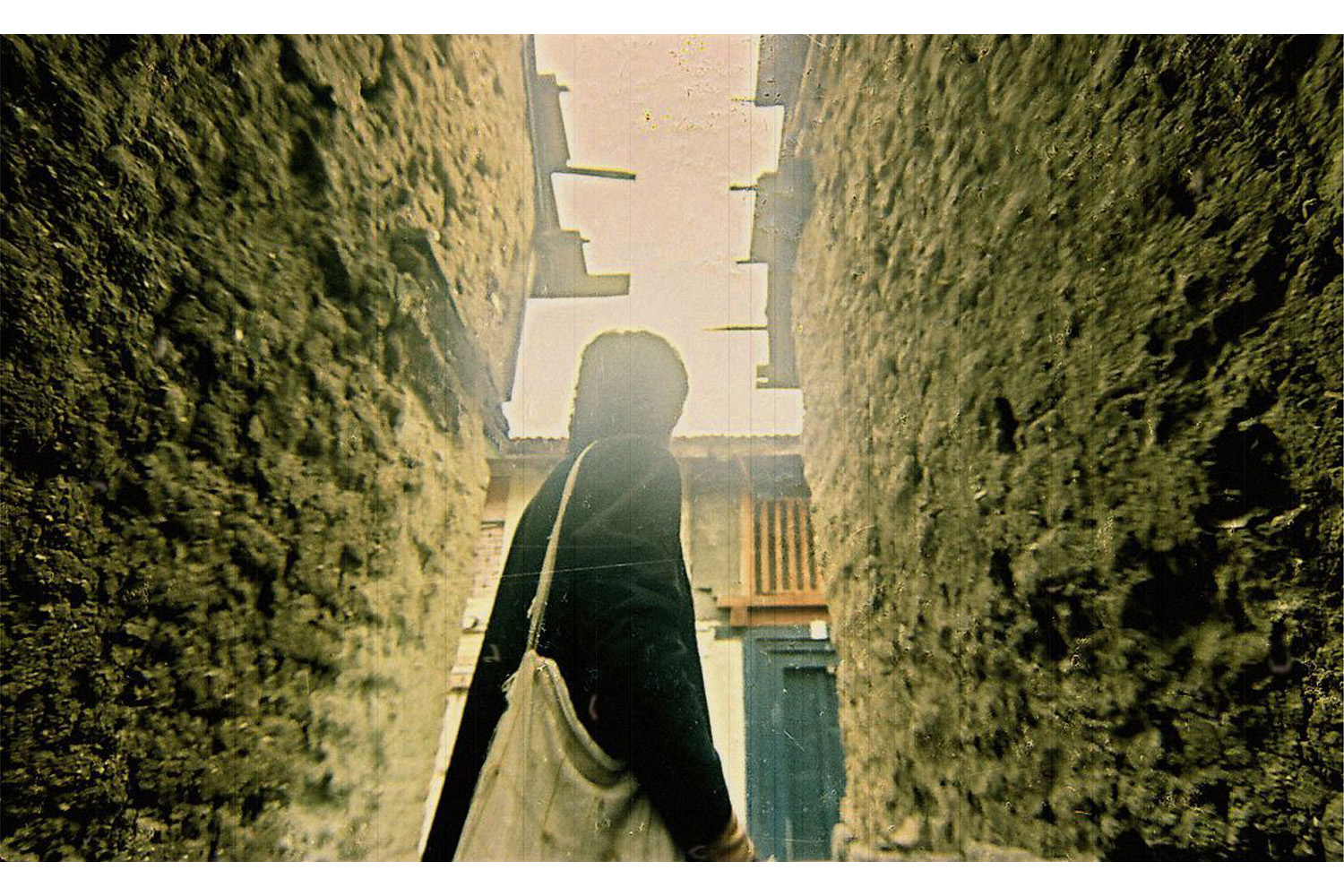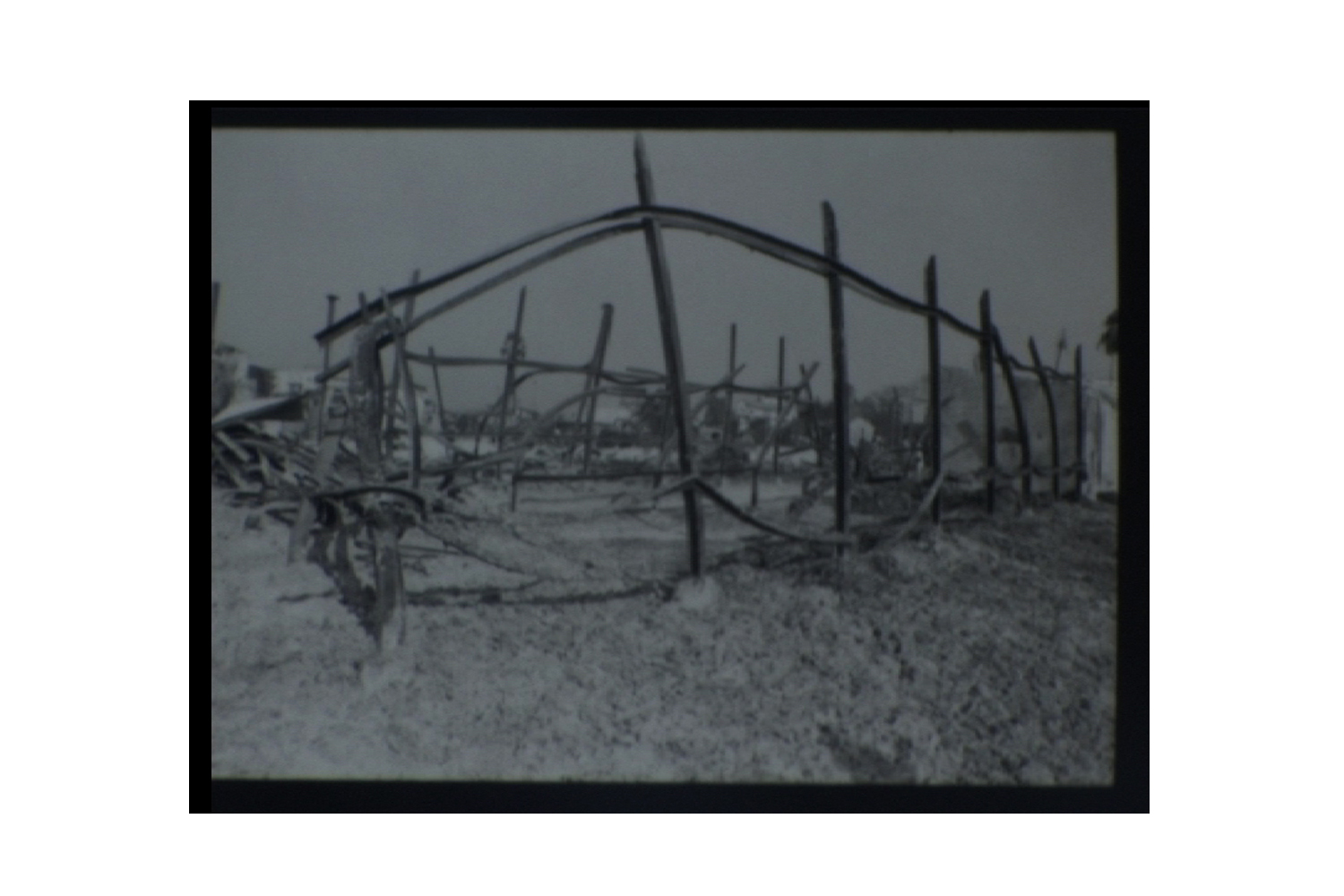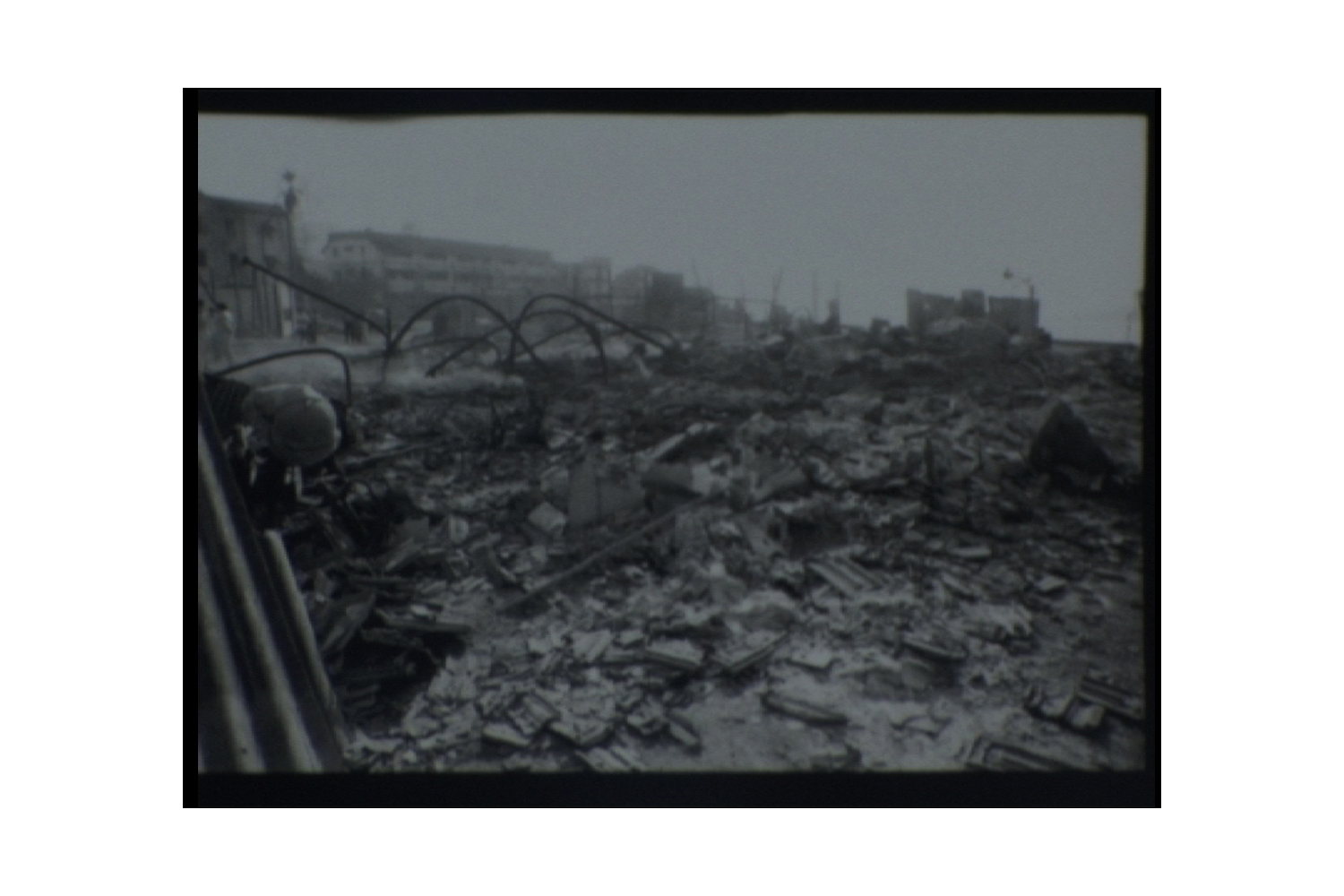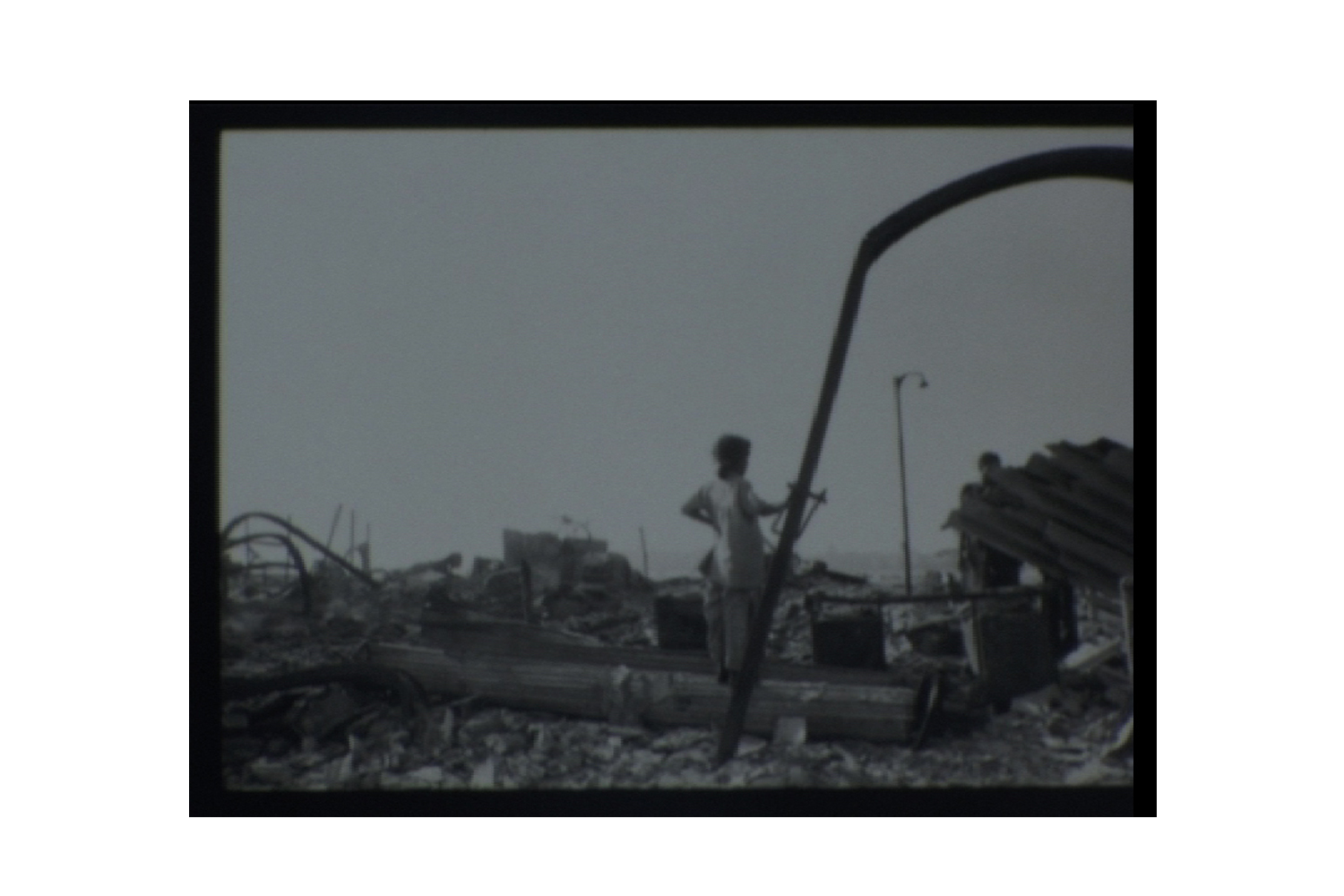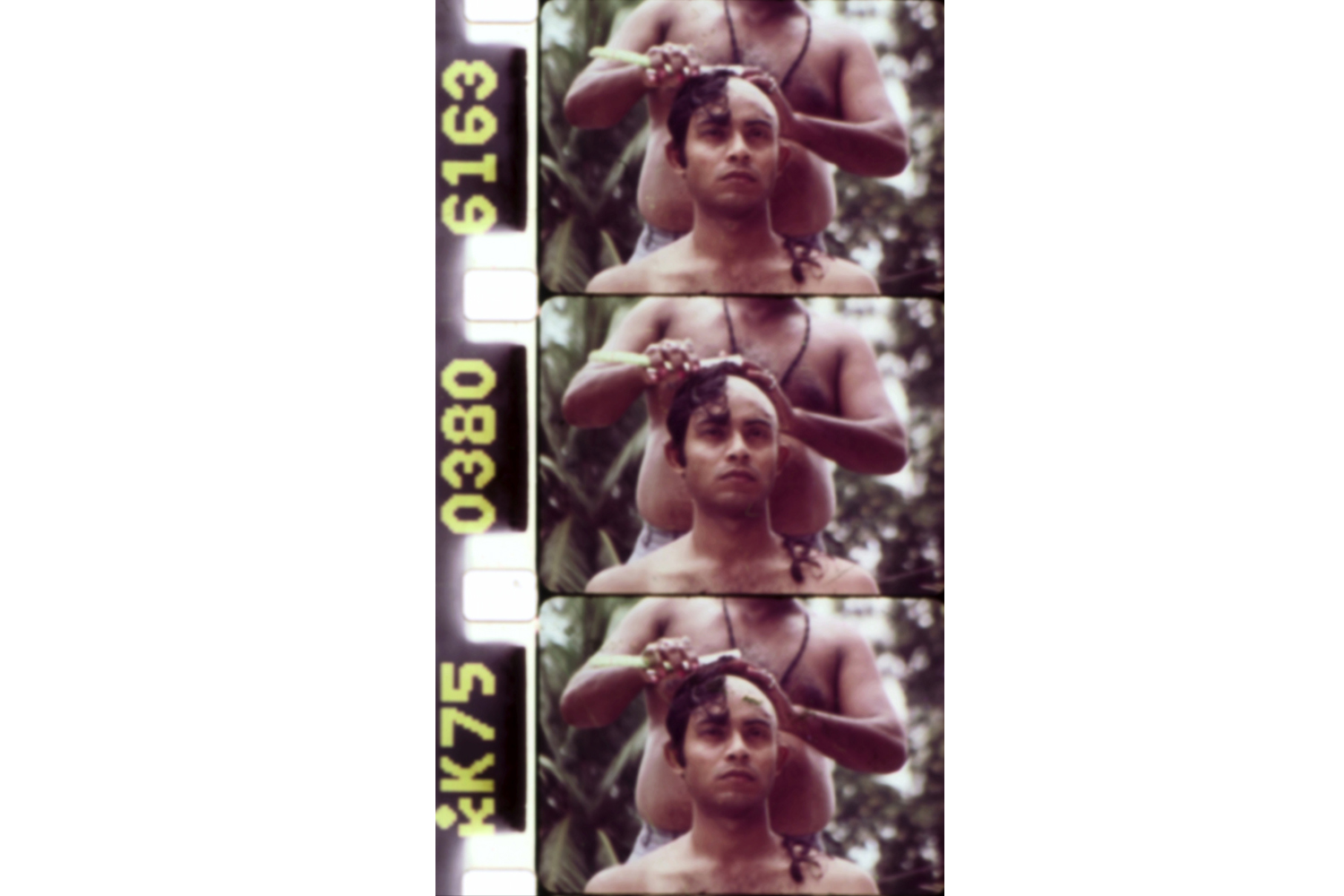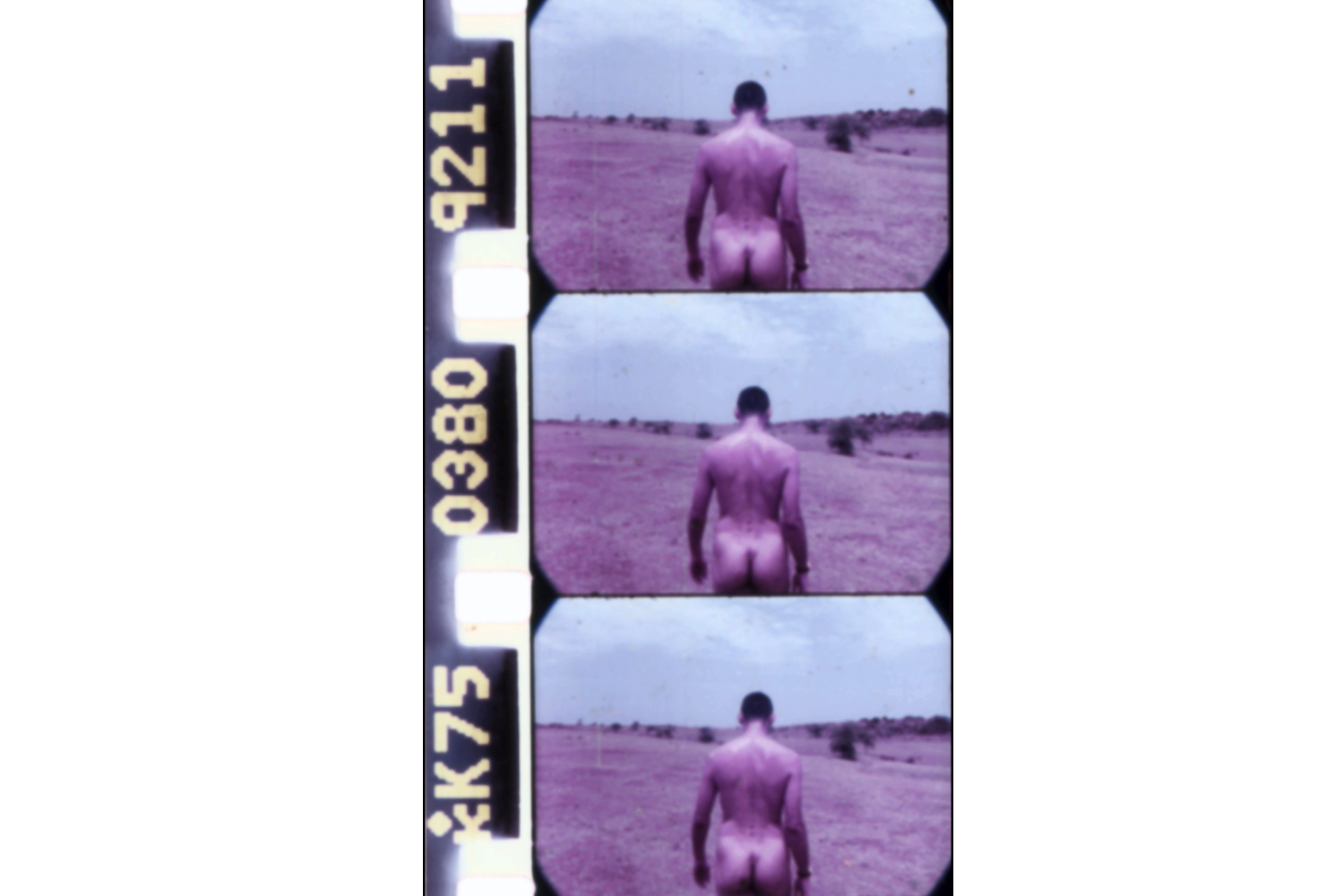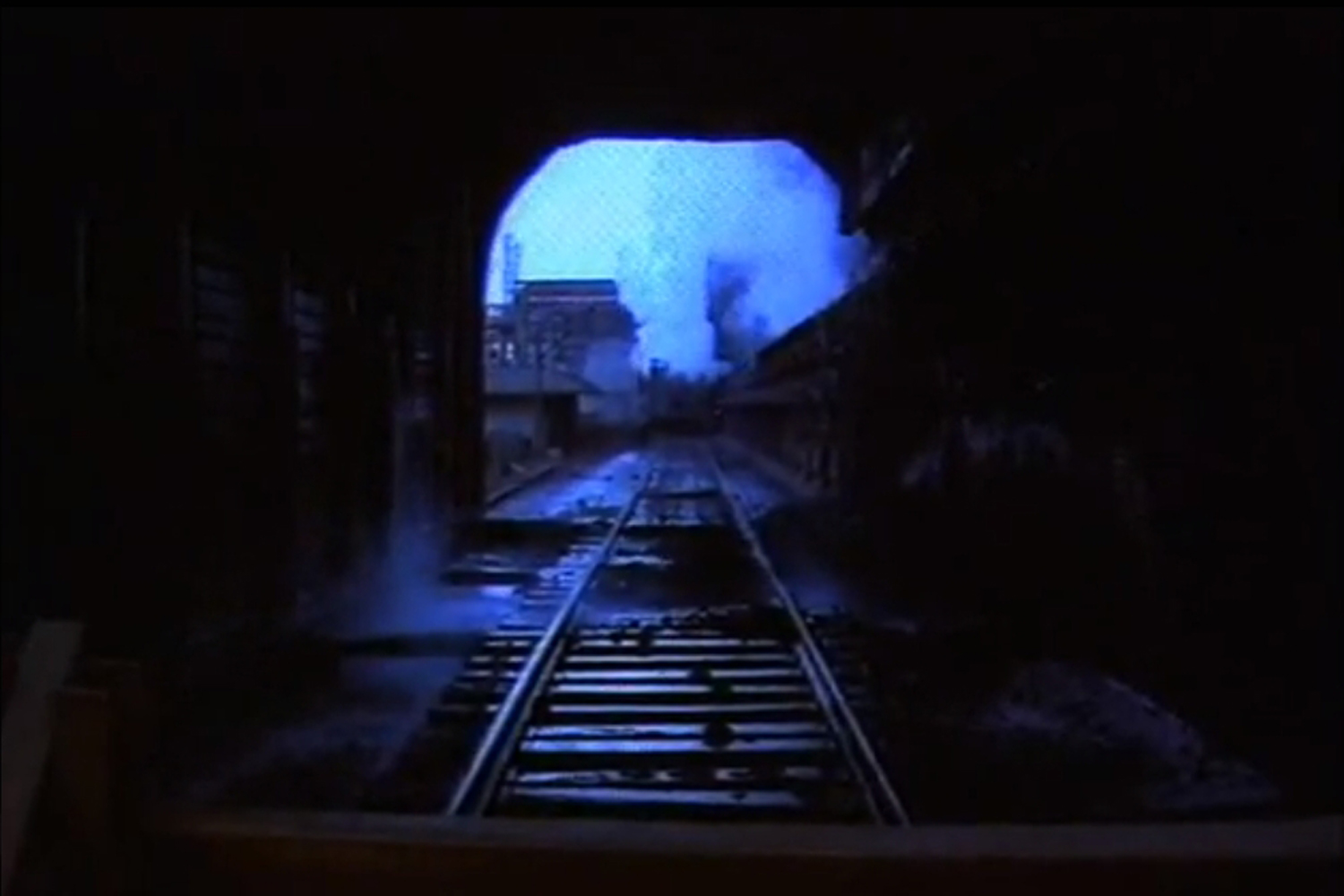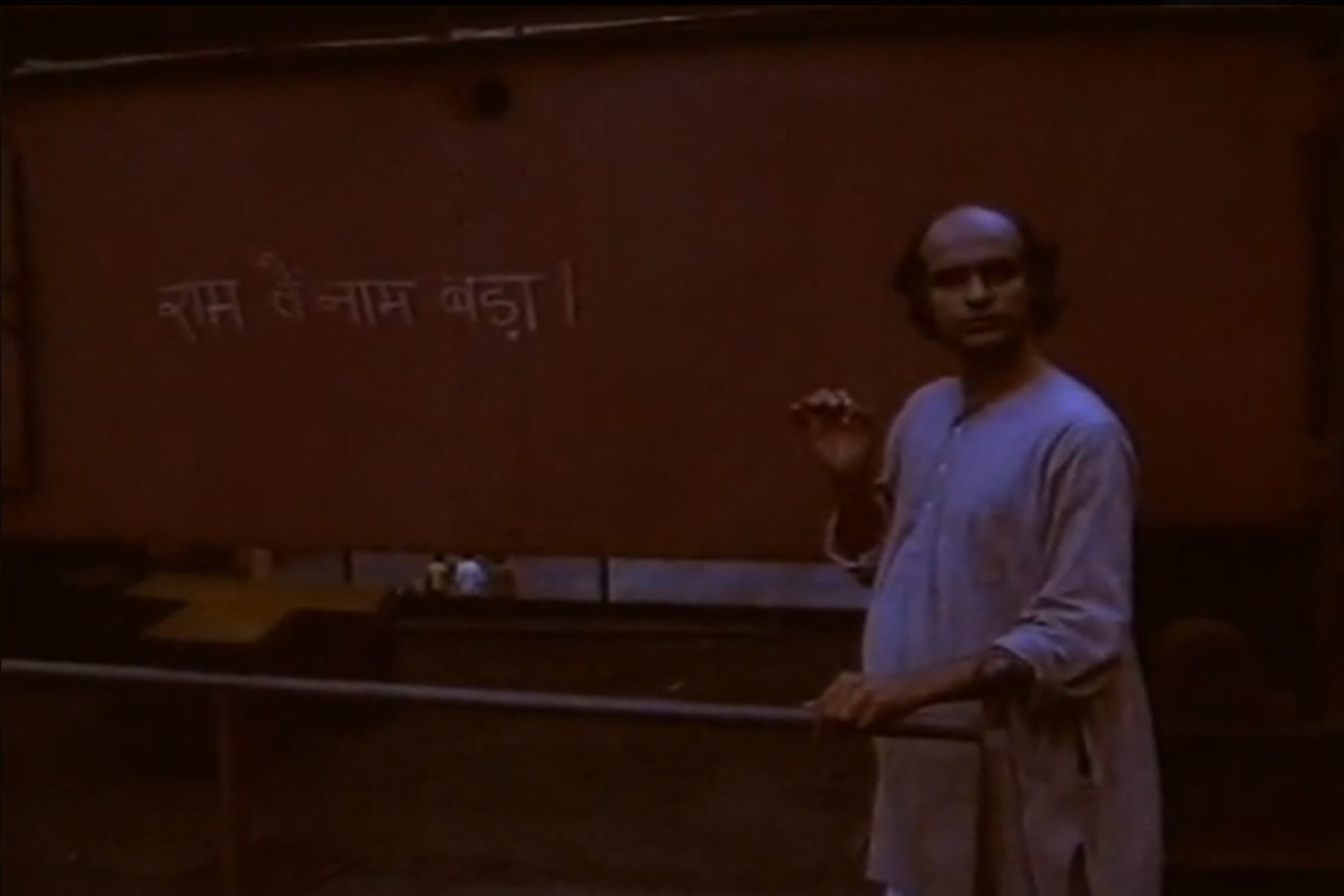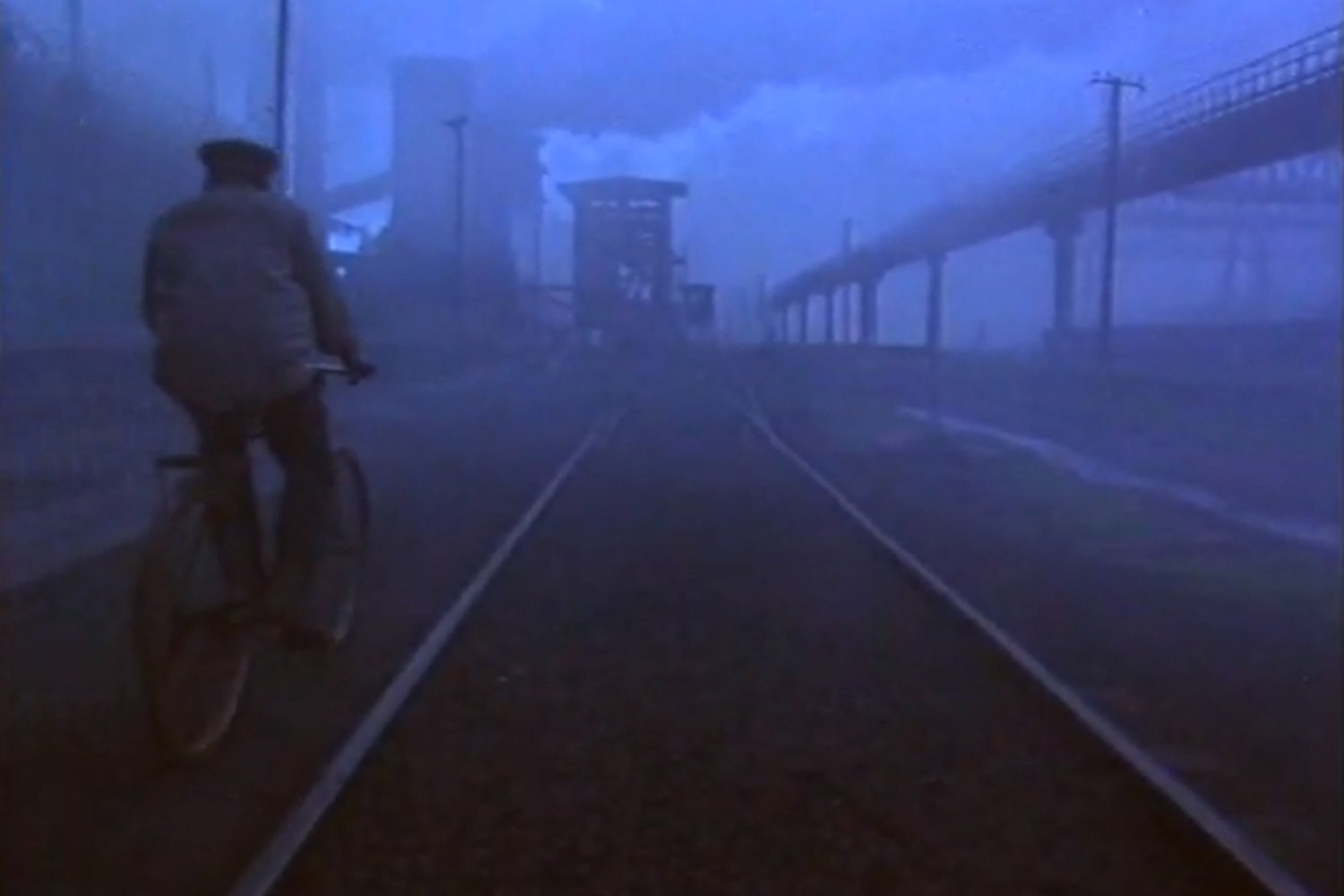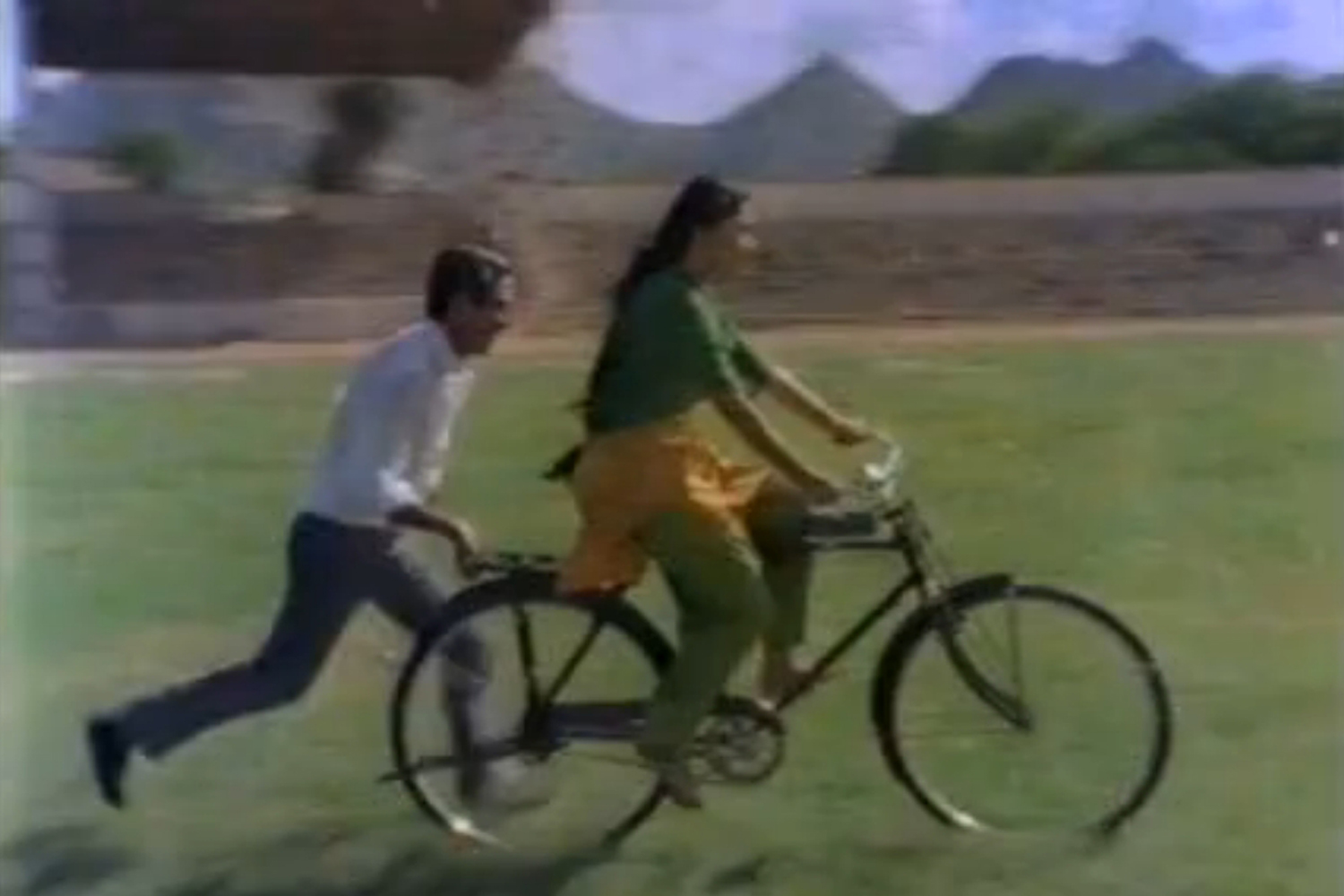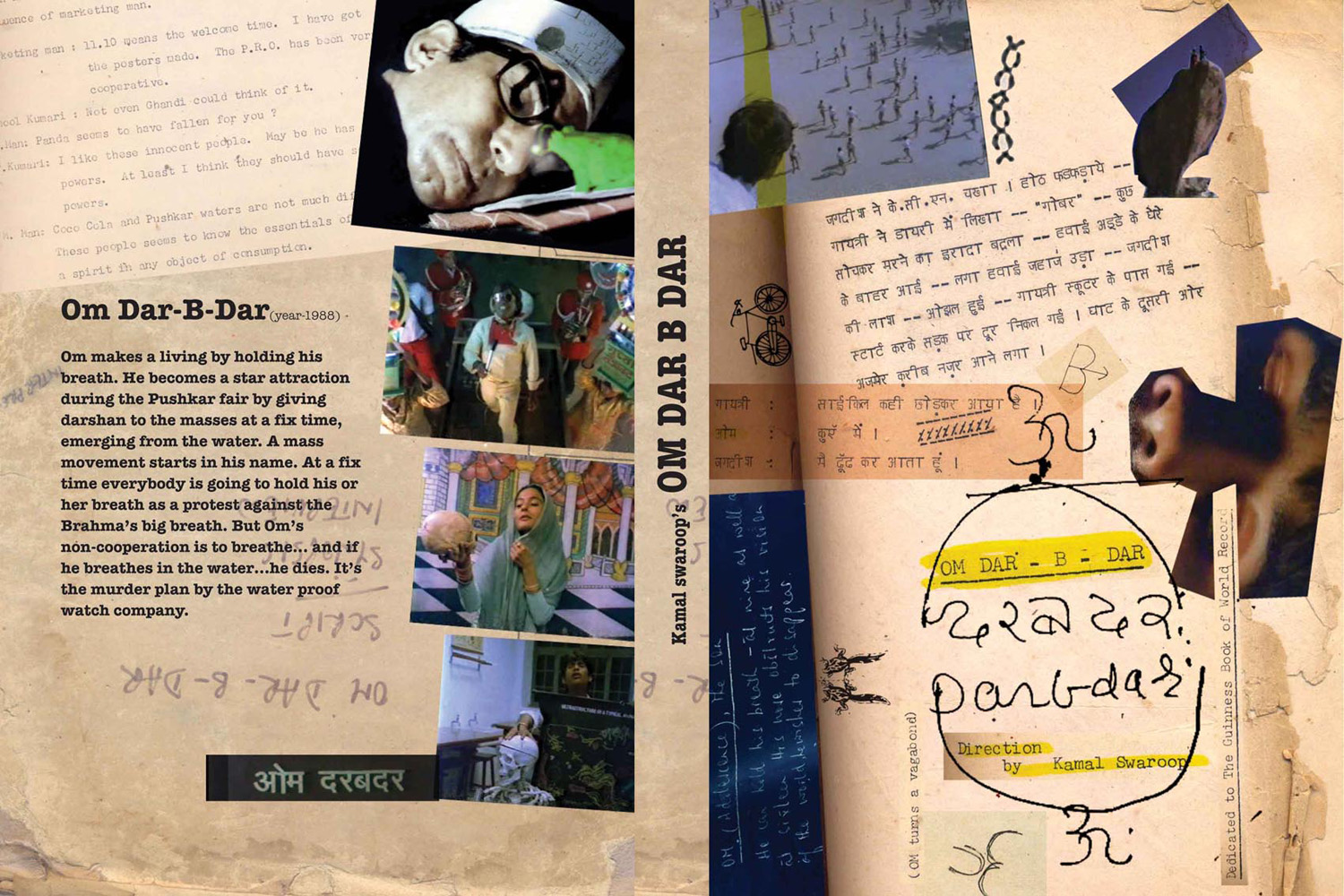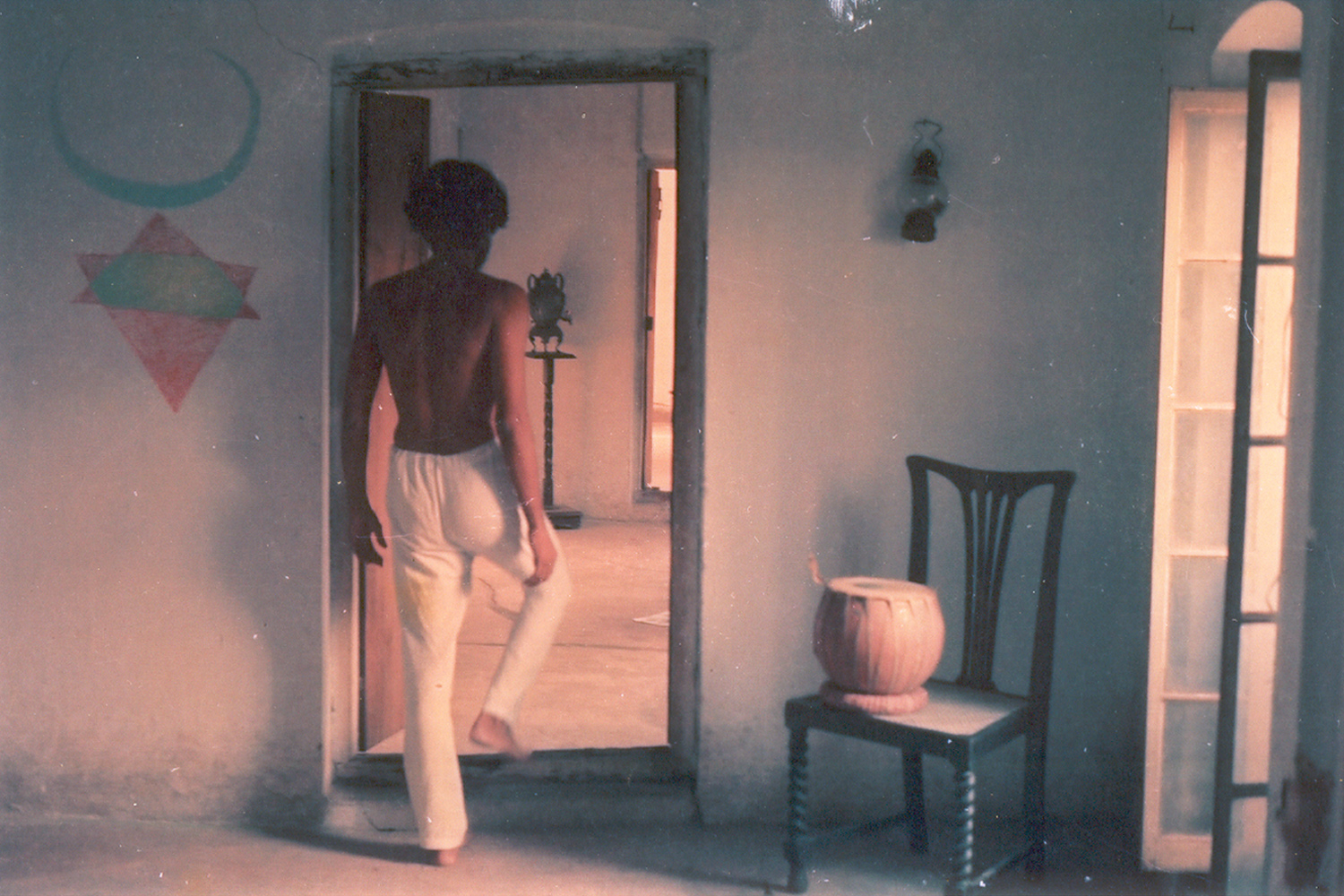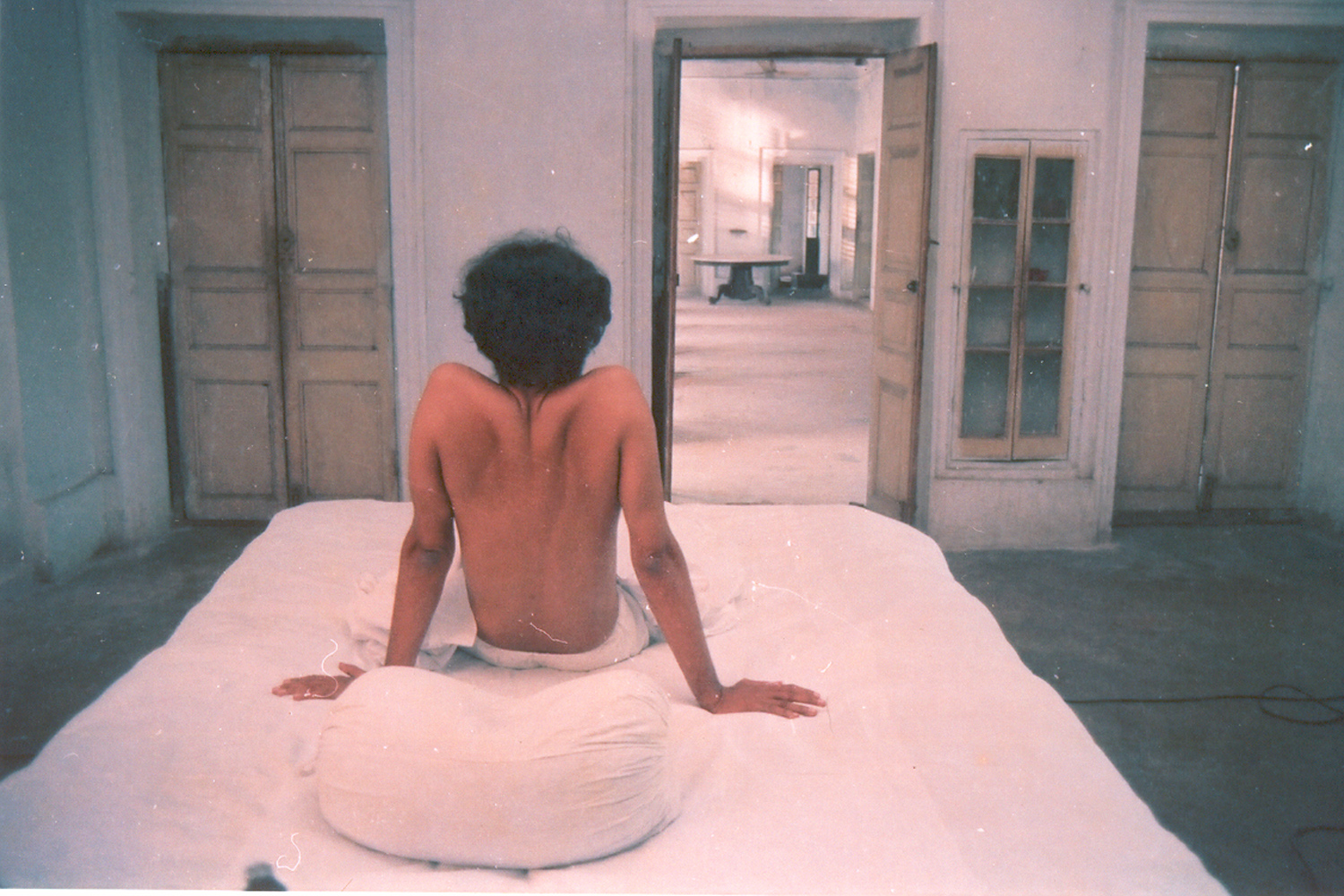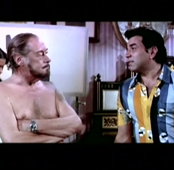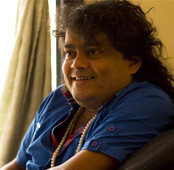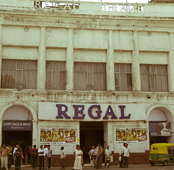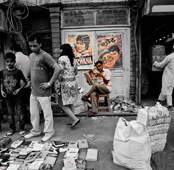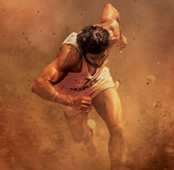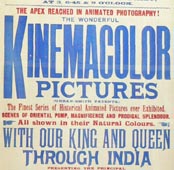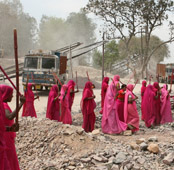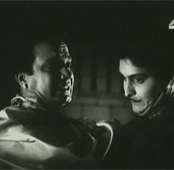-
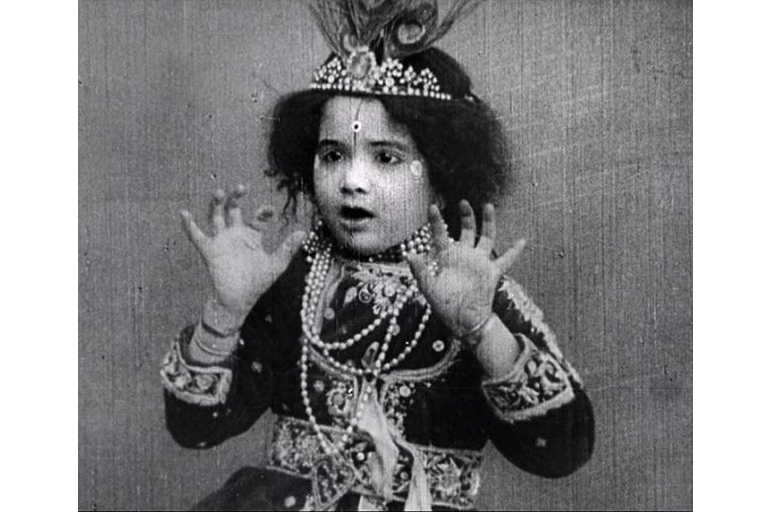 Kaliya Mardan, Director: Dadasaheb Phalke
Kaliya Mardan, Director: Dadasaheb Phalke -
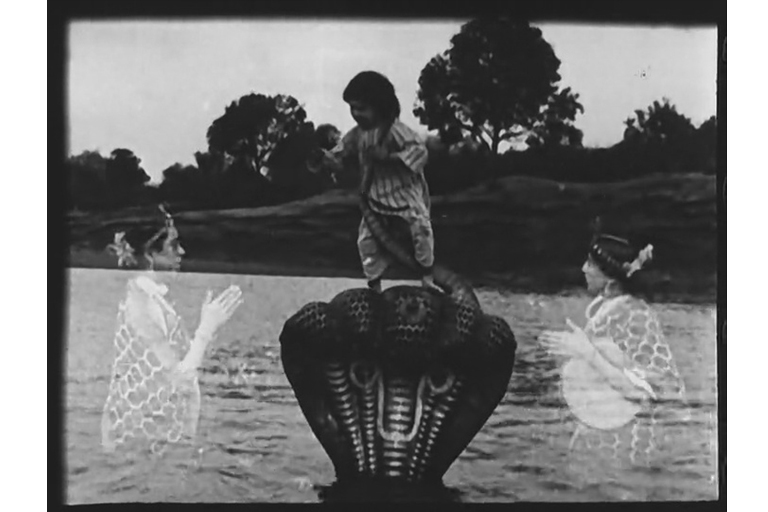 Kaliya Mardan, Director: Dadasaheb Phalke
Kaliya Mardan, Director: Dadasaheb Phalke -
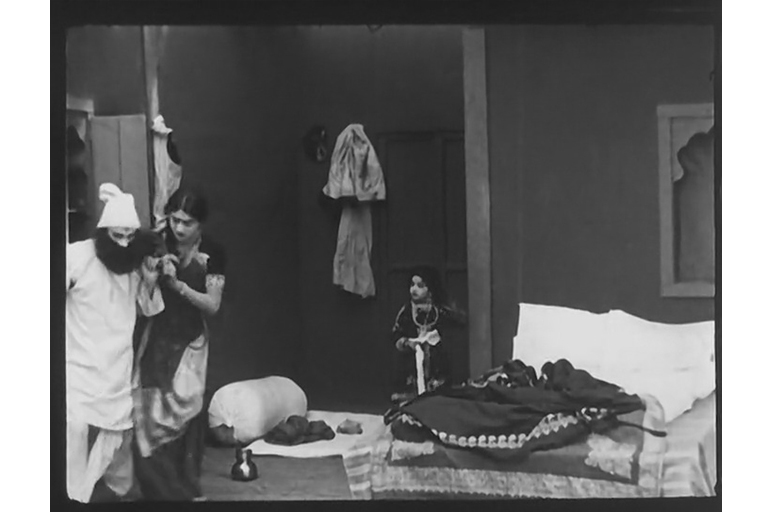 Kaliya Mardan, Director: Dadasaheb Phalke
Kaliya Mardan, Director: Dadasaheb Phalke -
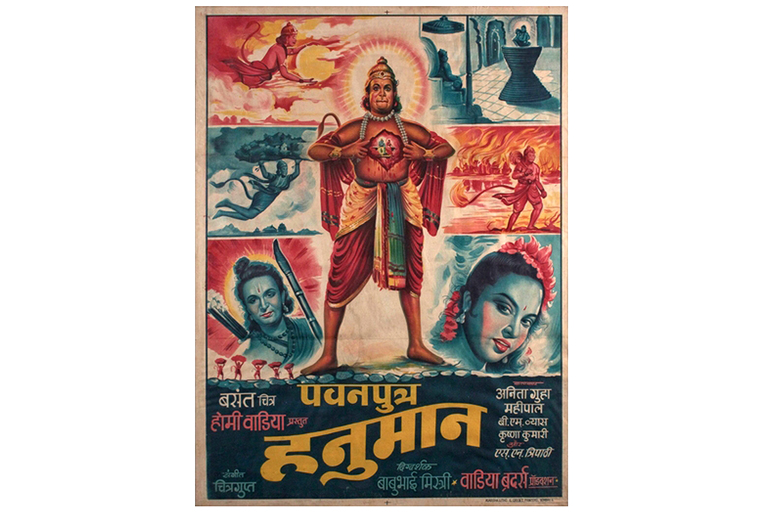 Poster of Pawan Putra Hanuman, Director: Babubhai Mistri
Poster of Pawan Putra Hanuman, Director: Babubhai Mistri -
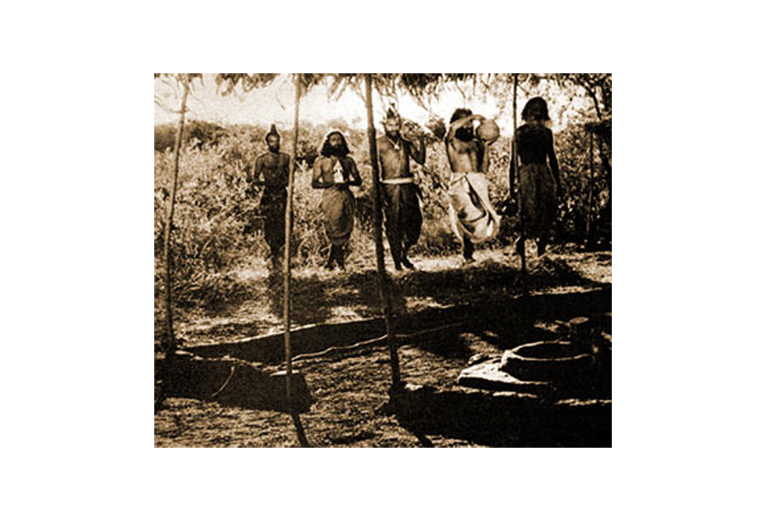 Kanchana Sita, Director: G. Aravindan
Kanchana Sita, Director: G. Aravindan -
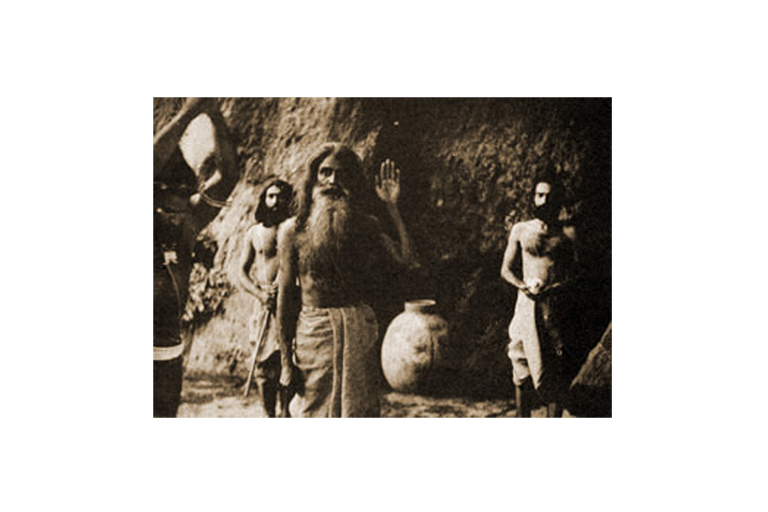 Kanchana Sita, Director: G. Aravindan
Kanchana Sita, Director: G. Aravindan -
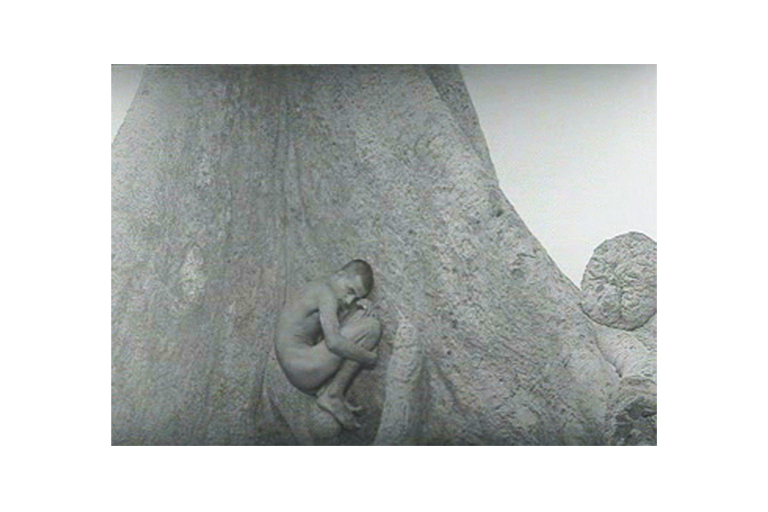 Unmathbudham Jagath (Egotic World), Director: Vipin Vijay
Unmathbudham Jagath (Egotic World), Director: Vipin Vijay -
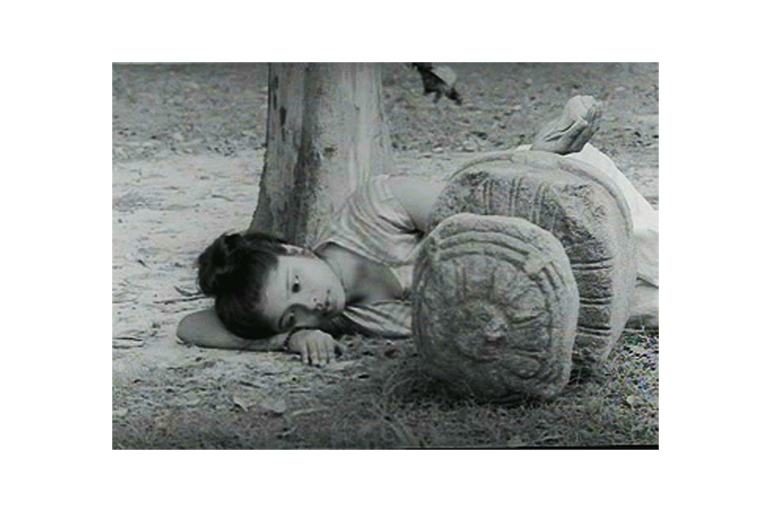 Unmathbudham Jagath (Egotic World), Director: Vipin Vijay
Unmathbudham Jagath (Egotic World), Director: Vipin Vijay -
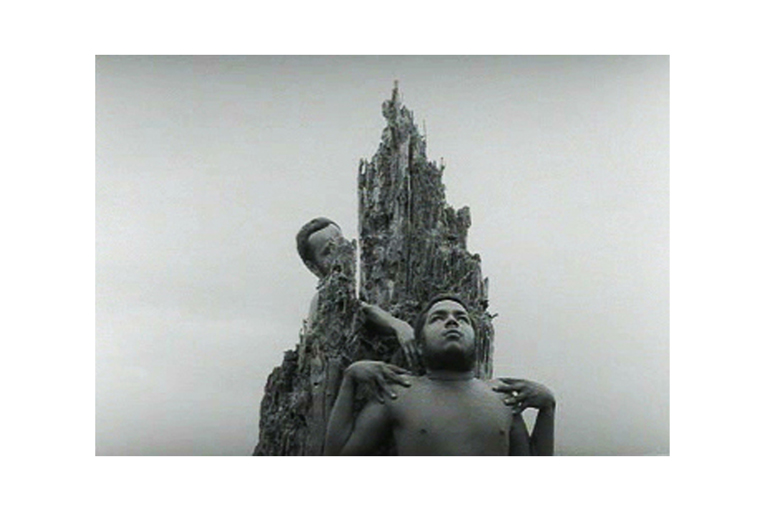 Unmathbudham Jagath (Egotic World), Director: Vipin Vijay
Unmathbudham Jagath (Egotic World), Director: Vipin Vijay -
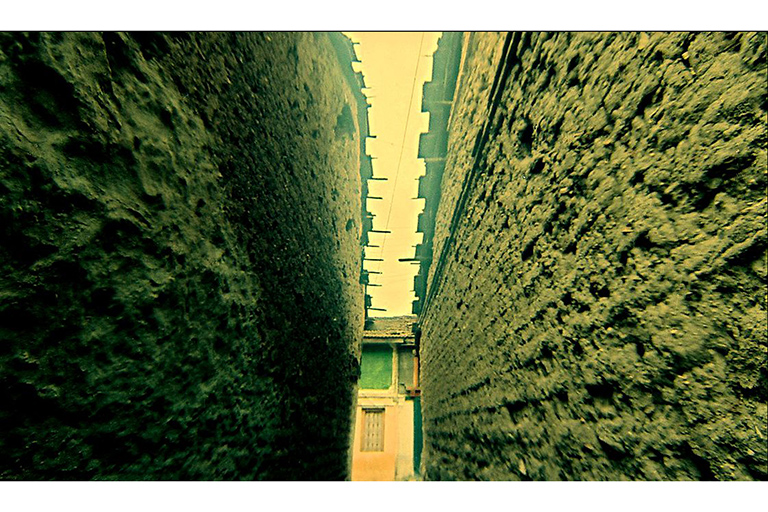 Kramarsha, Director: Amit Dutta
Kramarsha, Director: Amit Dutta -
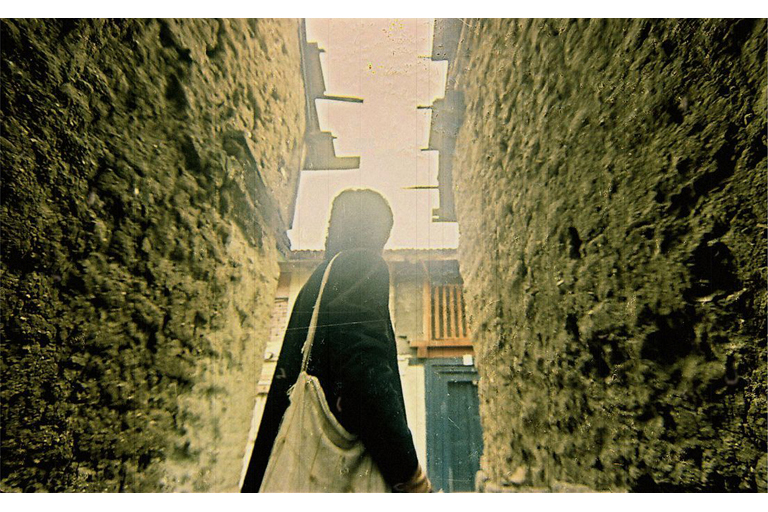 Kramarsha, Director: Amit Dutta
Kramarsha, Director: Amit Dutta -
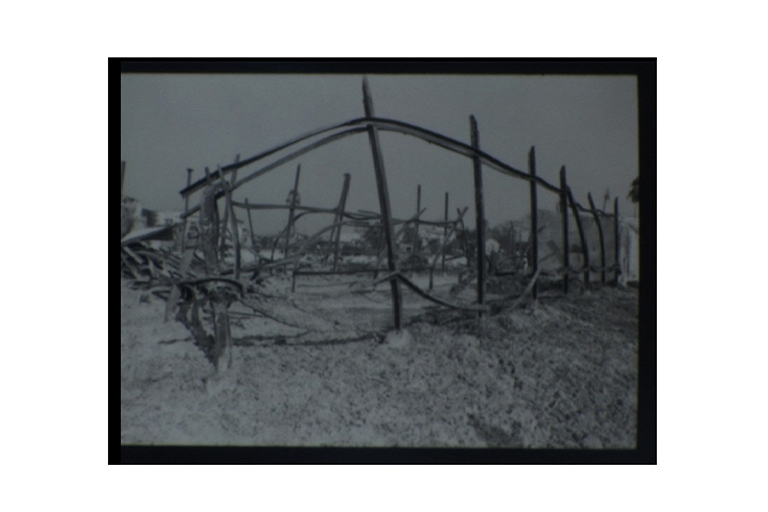 Song for an Ancient Land, Director: Kabir Mohanty
Song for an Ancient Land, Director: Kabir Mohanty -
 Song for an Ancient Land, Director: Kabir Mohanty
Song for an Ancient Land, Director: Kabir Mohanty -
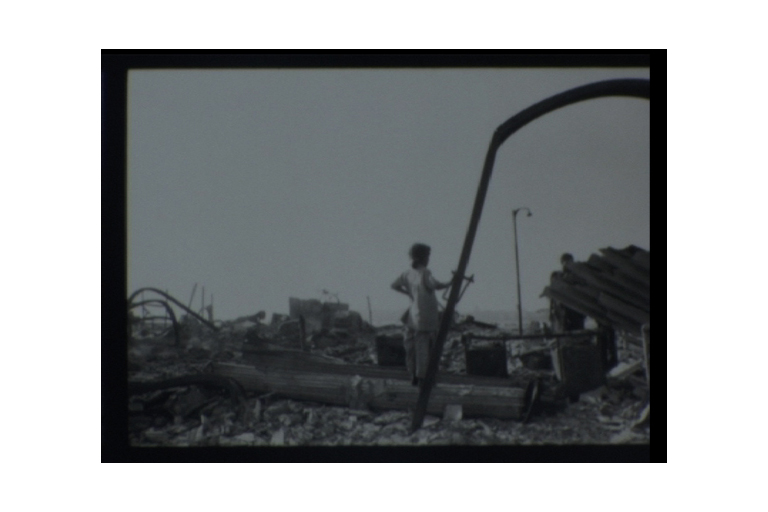 Song for an Ancient Land, Director: Kabir Mohanty
Song for an Ancient Land, Director: Kabir Mohanty -
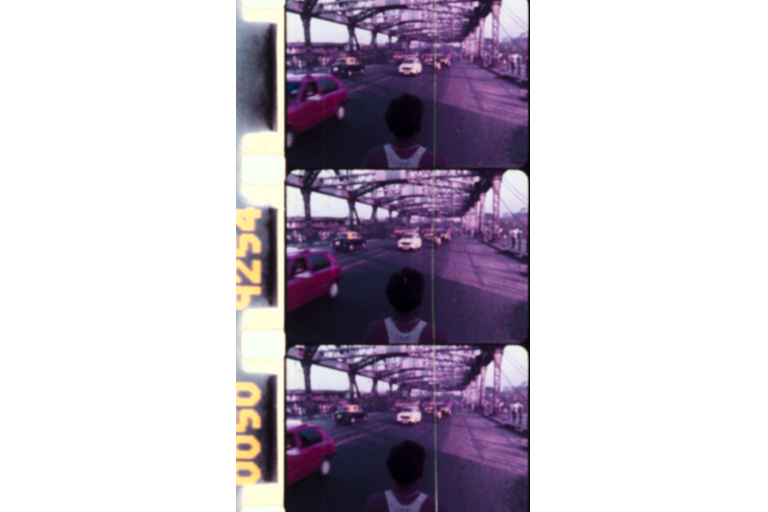 Et Cetera, Director: Ashish Avikunthak
Et Cetera, Director: Ashish Avikunthak -
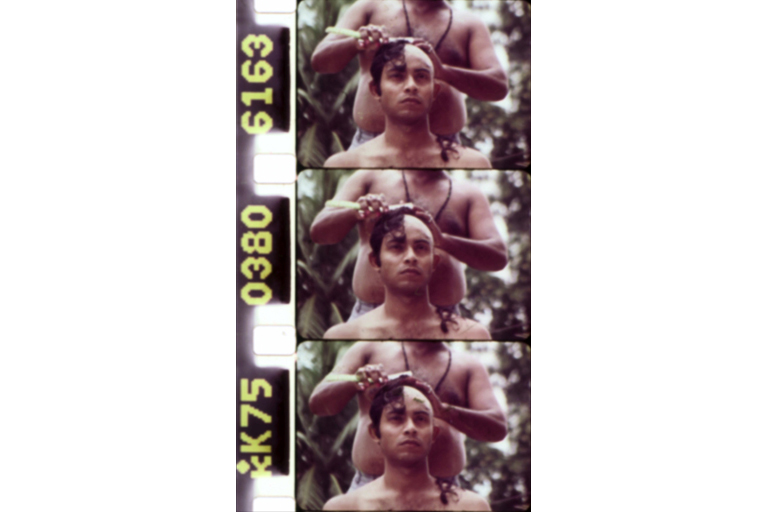 Et Cetera, Director: Ashish Avikunthak
Et Cetera, Director: Ashish Avikunthak -
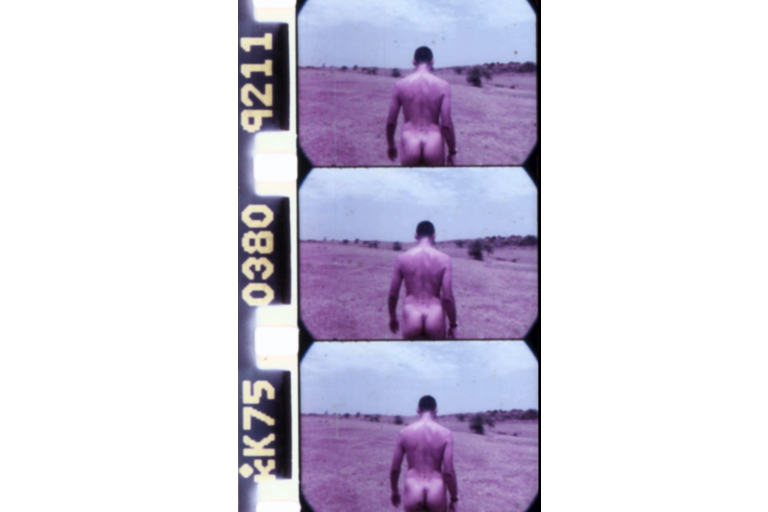 Et Cetera, Director: Ashish Avikunthak
Et Cetera, Director: Ashish Avikunthak -
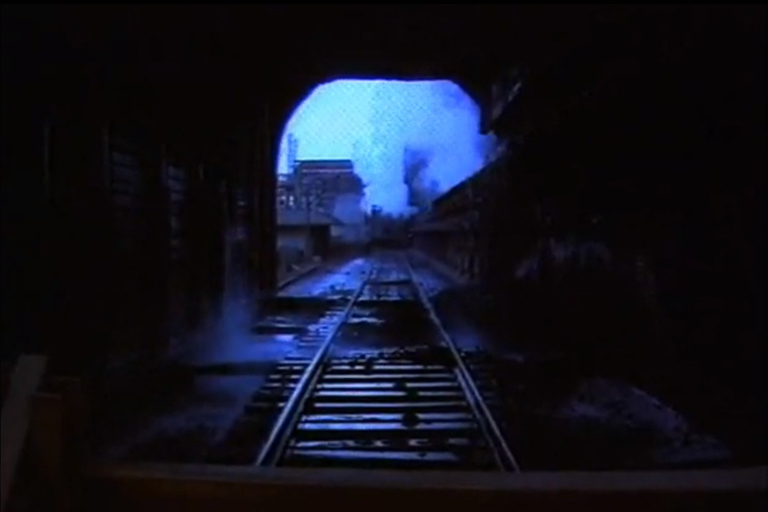 Satah Se Uthata Aadmi, Director: Mani Kaul
Satah Se Uthata Aadmi, Director: Mani Kaul -
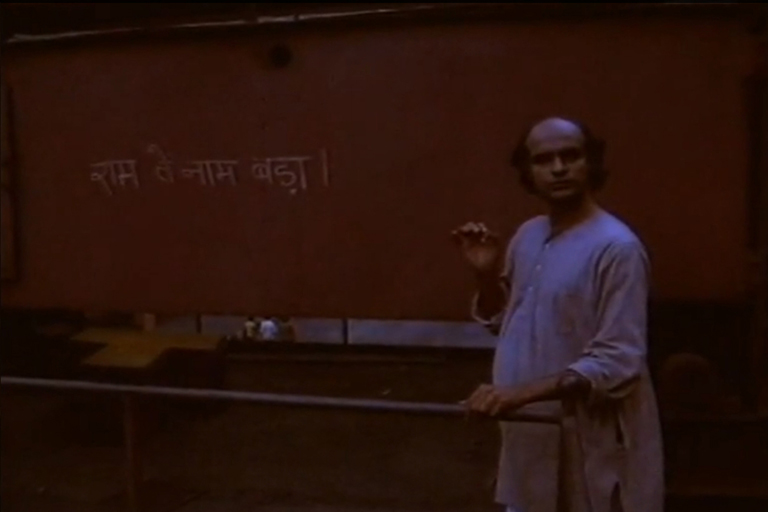 Satah Se Uthata Aadmi, Director: Mani Kaul
Satah Se Uthata Aadmi, Director: Mani Kaul -
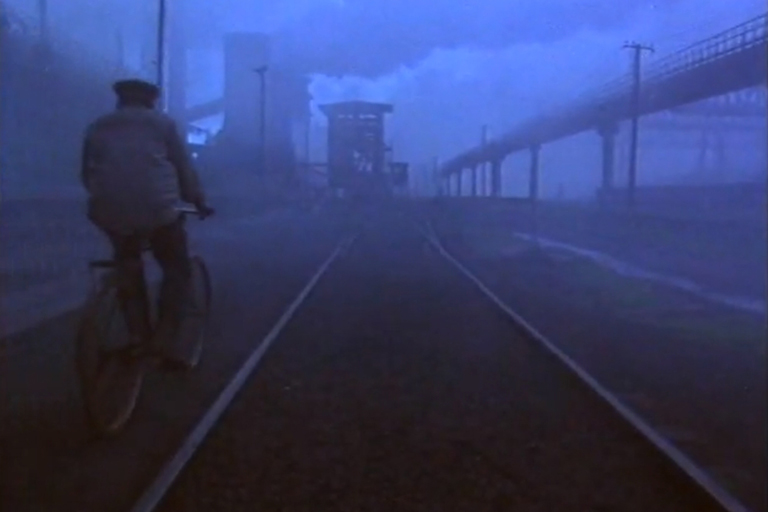 Satah Se Uthata Aadmi, Director: Mani Kaul
Satah Se Uthata Aadmi, Director: Mani Kaul -
 Om-Dar-Ba-Dar, Director: Kamal Swaroop
Om-Dar-Ba-Dar, Director: Kamal Swaroop -
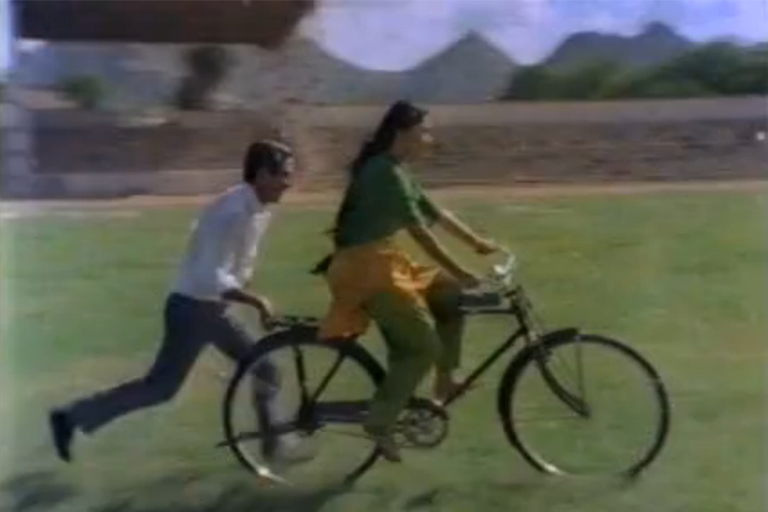 Om-Dar-Ba-Dar, Director: Kamal Swaroop
Om-Dar-Ba-Dar, Director: Kamal Swaroop -
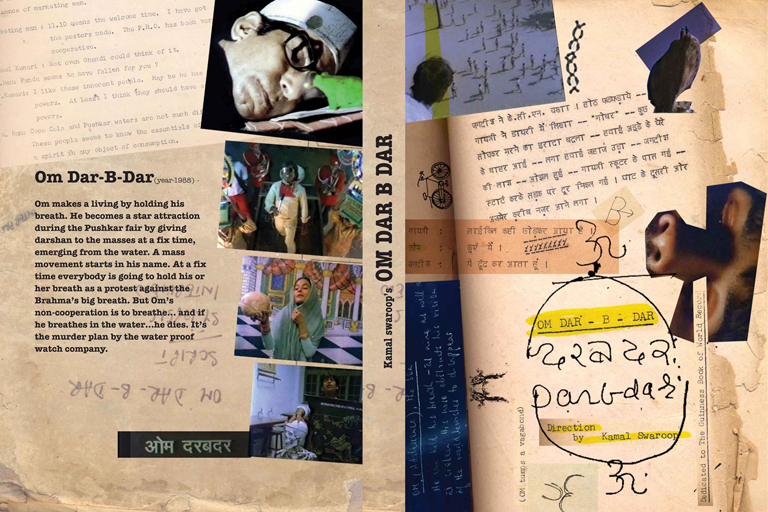 Publicity Material for Om Dar Ba Dar, Director: Kamal Swaroop
Publicity Material for Om Dar Ba Dar, Director: Kamal Swaroop -
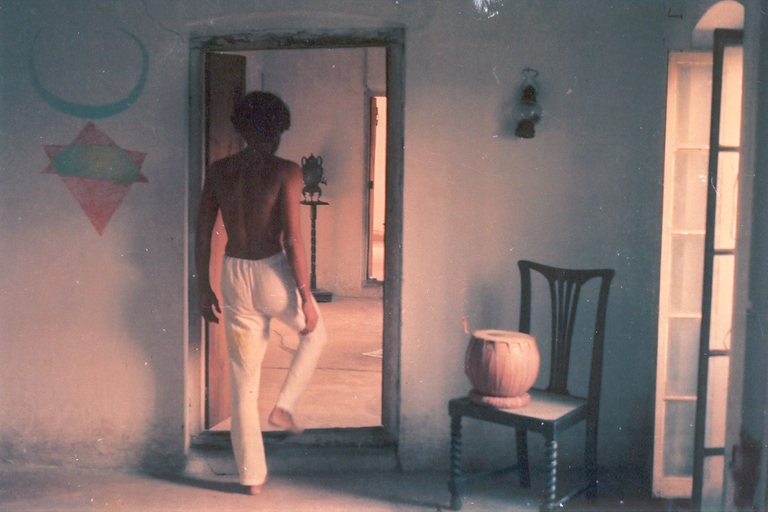 Kaal Abhirati, Director: Amitabh Chakraborty
Kaal Abhirati, Director: Amitabh Chakraborty -
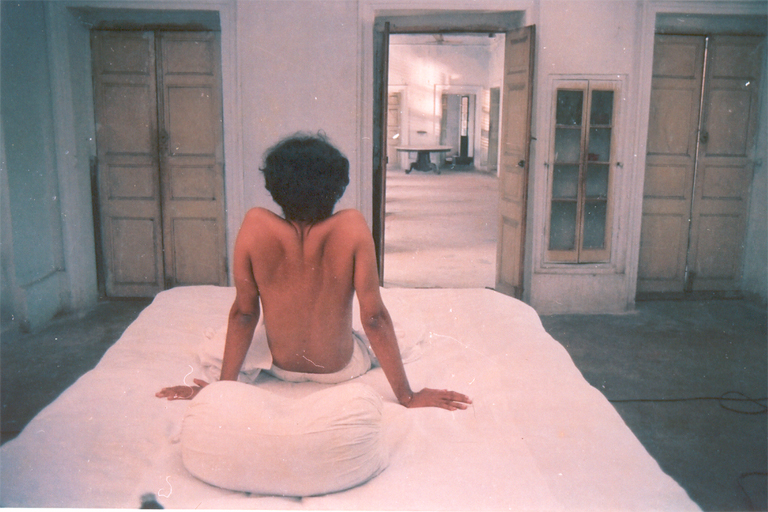 Kaal Abhirati, Director: Amitabh Chakraborty
Kaal Abhirati, Director: Amitabh Chakraborty
TBIP asked Amrit Gangar to name 10 ‘experimental’ Indian films you must watch and why. Here is what he had to say
I don’t agree with the phrase ‘experimental cinema’, which is why I have attempted to develop a new conceptual phrase— Cinema of Prayoga. The reason for this is that in art there cannot be experimentation the way we understand it to be, mainly because an artist knows what he is doing, and why he is doing it. It’s not like he happens to discover water from two parts of hydrogen and one part of oxygen in a laboratory.
The acclaimed Russian filmmaker Andrei Tarkovsky also rejected the whole notion of experimental cinema. In fact, he thought it immoral to use this term for artistic endeavors. He elaborated on this thought by going on to ask whether you would call giving a birth to a child experimental. In India too, filmmaker Mani Kaul believed that there was no cinema that was ‘experimental’.
Also, the term ‘experimental’ is a Euro-American term which is actually very exclusivist.
I would like to add that I don’t accept the French term ‘avant-garde’, for a kind of cinema, either. Avant-garde, meaning ‘advance guard’, is a military word. It is used, very simply, to refer to those soldiers who make up the front ranks. I really don’t know how a military word can be employed where art is concerned.
‘Prayoga’ on the other hand, a Sanskrit word, is much richer. It could mean ‘experiment’ or ‘use’ or ‘put together’ or ‘design’ or ‘cause’ or ‘effect’ or ‘performance’ or ‘play’ or ‘representation’ or ‘practice’. So the Cinema of Prayoga can be a much wider, much deeper, notion than ‘experimental cinema’.
The idea of Prayoga (and therefore that of the Cinema of Prayoga) emerges from an intrinsically Indian perception or sense of time and space.
Our sense of time, for instance, is very different from Occidental or Western notions of the same. This makes it important for us to try and find an alternative understanding of time in our narratives, especially our cinematographic narratives. For this, we need to move away from the idea of perspective that was born out of the European Renaissance. Perspective, as understood by the Renaissance, leads to a convergence and then a climax, a narrative climax, so to say.
But we have traditions that don’t subscribe to this. Our miniature paintings, to cite one example, have many points of convergence and, consequently, many points of departure. Also, our epics, such as the Mahabharata and the Ramayana—the Mahabharata particularly—have so many points of departure in narrative, which often don’t lead to a climax or catharsis at all. So the whole question of a narrative which is linear and which leads to a final point, a catharsis, and a resolution—stemming from the European Renaissance—doesn’t hold. We don’t necessarily have such a resolution in our art, our literature or in our music for that matter.
Today, the media uses phrases like ‘experimental’ cinema and ‘avant-garde‘ cinema, recklessly, for anything. As a result, several of our popular or not-so-popular filmmakers become avant-garde. Yet they don’t really deviate from the norms or the narrative conventions. On the surface they seem to be doing so, but intrinsically I don’t think they’re so radical. The media also calls Mani Kaul and Kumar Shahani ‘avant-garde’. But they are not and they have said so themselves, because they are still drawing from our own traditions.
Yet we continue to employ these terms or phrases without even understanding the history of European art, and the specific context in which they were used. Also, finally, even if these terms or phrases were held to be applicable to the artistic field, our cinema is still convention bound and most of our cinema is theatre really. It is dialogue. Or as filmmaker Robert Bresson writes in one his diaries, we possess a “terrible habit of theatre”. We are not actually watching cinema most of the time— it’s theatre that we’re watching. Even the contemporary films are mostly theatre, no matter the moving image apparatus they have been created by.
***
And so, I would like to propose 10 films that are at one with the idea of the ‘Cinema of Prayoga’ for me, more so than with the notion of ‘experimental cinema’. There are more such as these, of course, but here are 10 films you must watch.
Time And A Serpent
The first film I wish to talk about is Kaliya Mardan, a 1919 film by Dadasaheb Phalke on the Hindu god Krishna’s mythical battle with a demon snake called Kaliya. Phalke was a pioneer in what we recognize today as the Prayoga spirit. This film was made six years after Raja Harishchandra (1913), which was more spatial, more tableaux like, whereas in Kaliya Mardan Phalke is more temporal. And still, one has to appreciate here the way Phalke uses space in the composition of his frames, in conjunction with temporality. For example, there is a scene where Krishna, only a child, has gone underwater to overcome the demon snake Kaliya. The men and women, who worship and adore Krishna, are waiting on the banks. The bottom axis of the frame only has the heads of the devotees— otherwise the whole space is empty. You can’t imagine this kind of framing, this kind of spatial distribution, even in the so-called modern cinema.
The purpose to this is that Phalke wants the viewer to be incorporated within this space, to become one with the devotees of Krishna.
And then, because Krishna is underwater for a while, there is anxiety among these devotees. This is where the temporality comes in. Phalke creates anxiety through time. He develops this anxiety through temporal space (the large section of the frame, above the heads of the devotees along its bottom axis, that is left empty (waiting to be filled), as well as through temporal intercutting while the underwater battle between Krishna and Kaliya is on.
Finally, Krishna vanquishes Kaliya and he rises triumphant with the slain demon snake’s tail on his shoulder. He is garlanded by the liberated wives of the demon snake (these wives were under the control of the demon snake and they were not happy with that, so they are grateful to Krishna now and they honour him).
The role of the child Krishna was played by Phalke’s own daughter, Mandakini, who was seven years old then, and the first female child actor in Indian cinema. The well-known filmmaker Basu Bhattacharya and I met her at her Nasik home when she was 70 almost, and she narrated stories about how this film was shot. It was shot in Nasik itself, at her father’s bungalow, and at a lake just beside the bungalow. She told us how the special effects were created, how she jumped from the tree into the water. It was quite fascinating. This film is so innocent actually, and there is no contrivance, as such, that you find. There is none of the ‘smartness’ that you find now in the creation of special effects, or SFX, in cinema.
Eyes Full Of Sky
The second film is Pawan Putra Hanuman, also a mythological film, on the life of the Hindu god Hanuman who is a devotee of the god Ram. It’s actually a B grade film. I feel that the B and C grade films can be very exciting for a cineaste, more so than the A grade films, even today.
Released in 1957, the film was directed by Babubhai Mistri, whom I had met once for a long interview. He was called the ‘kaala dhaaga man’, or ‘black thread man’, because he used black thread for special effects in his films. Most of the films he directed were mythological films.
This film stands out because it gives us so much of ākāsa or sky, or, once again, space, if you will. You see so much of ākāsa in the frame when the god Hanuman flies.
Akāsa is one the five elements of the cosmos, called the Panchamahabhuta in Sanskrit. One of India’s greatest contributions to world philosophy was the idea of five elements in the cosmos. Western philosophy (Aristotle, to be specific) could imagine only four elements: air, fire, water and earth, although Aristotle did think of aether later. Simply speaking, aether is ākāsa. Our ancient perception of the cosmos had already comprehended aether or ākāsa as one of the panchamahabhuta (the five elements of the cosmos).
This is what interested me in this B-grade film. No A-grade film, or a film with big stars, would allow me to see so much ākāsa in a frame. That’s why I see this as a Prayoga film, even though Mistri and his team had no intention of creating the cinema of Prayoga. Yet the idea of ākāsa, or space, or sky, came to them naturally, probably because of their instinctive understanding of our myths.
The Nyaya Vaisheshika system of Hindu philosophy states that ākāsa, or aether, the fifth physical substance, is a substratum of the quality of sound, or dhvani. However, according to the Jain interpretation, ākāsa is space which falls into the ajiva (non-living) category. It is divided into lokākāsa which is occupied by the material world and alokākāsa, which is not material, but the space beyond the material world— which is an absolute void.
It may be difficult to conceive how a B-grade film like Pawan Putra Hanuman can provoke such an acute understanding of space. But I would like to maintain that our B and C grade films had always been quite Prayoga in spirit. I am using the past tense because, today, globalization and corporatization have mostly marginalized or eliminated such minor traditions of our cinema. If you study Indian cinema over the last 10 or 15 years, you will find that most of the smaller cinematographic traditions have been deserted, as if the big fish have swallowed up all the small fish. This is a pity because the B and C grade films could indeed ‘experiment’—or run wild with their imagination and craziness—given that they were not controlled by capital. Big films with big stars, on the other hand, have crores of rupees invested in them and this capital does not allow them the space to breathe as freely as they would desire to.
The Nature Of Man
Kanchana Sita (1977), by G. Aravindan, was made 20 years after Pawan Putra Hanuman and it’s also from the Ramayana. Aravindan was one of the finest minds in Indian or even world cinema, and this film is his interpretation of the Uttara Kanda, the last segment, of the Ramayana, where the Lord Ram after defeating Ravana and returning with his wife Sita from Lanka, banishes her from his kingdom, unknowingly wages a war on his twin sons, and finally surrenders himself to the waters of the river Sarayu.
The film opens with Ram and his brother Lakshman travelling through the Dandaka Forest to attend a religious feast, and Ram is acutely conscious of Sita’s presence, even though she’s not there. In fact, in Kanchana Sita, the titular character is physically absent from the film throughout. Instead, Aravindan portrays the mythical Sita of flesh and blood through ripples on a river, through a breeze, through rustling leaves, or through prakriti (nature). Sita is suggested here, not shown. She is suggested through what, in Sanskrit, is called ‘vyanjana’, or the suggestive aesthetics of the film.
From this seed of an idea—exploring vyanjana through prakriti—Aravindan goes on to explore the ancient philosophy of purush (man) and prakriti, twin concepts that form the basis of our understanding of our selves. Also, he explores the idea of the relationship of the male, purush, with the female, prakriti. This latter thought is one Aravindan might have gotten from the Sankhya Yog, one of our oldest scriptures.
Kanchana Sita creates a spatial as well as temporal environment which envelops the viewer in prakriti, via the wind, the movements of trees and leaves and the river. Spatially, you see Sita who is pristine— as nature, as a gentle breeze, as a bhav (a feeling or thought) of being and becoming. Also, you see her temporally, because you feel her presence all the more in time that she is absent. This feeling is intensified by the fact that there are few words in the film. It has hardly any dialogues, which is another one of its strengths: Kanchana Sita doesn’t need the theatricality of dialogues to create cinema.
To shoot this, Aravindan went to Andhra Pradesh in the tribal areas where the Chechu—tribals who believe they are the direct descendants of Ram—live. He didn’t use the conventional imagery, such as regal headgear, to portray Ram and Laxman. Instead, he portrayed them as tribals, something which is unusual for our cinema, and a political statement of sorts.
This is how we retrieve from our traditions an understanding of modernity— what I call Prayoga.
The Cinema of Prayoga also requires that an artist’s work be in natural or sahaja harmony with his or her svabhāva, or temperament. Here we find Aravindan’s cinematography to be very close to, very congenial with, his svabhāva, like Phalke’s work had been with his svabhāva.
The advantage of this is that it imbues the film with an uncanny sense of intuition. The result is an intensely poetic and profoundly contemplative work that is felt like a bandish of a raag— especially the strong sensuality that Aravindan explores in the film through prakriti. In the end, Ram submerges himself in the river Sarayu, to be with prakriti, or to be with Sita. This, I would say, is a Prayoga interpretation of the epic.
Cinephilosophy
Unmathbudham Jagath, or Egotic World, is a diploma film made by Malayali filmmaker Vipin Vijay in 2000, while he was studying at the Satyajit Ray Film and Television Institute in Kolkata. It is a film based on the philosophy of Advaita Vedanta, which emerges from the profoundly non-narrative scripture, the Yoga Vasishtha. This book is divided into six prakaranas or chapters: Vairagya Prakarna (Dispassion), Mumuksha-vyavahara Prakarna (Qualifications of a Seeker), Utpatti Prakarna (Creation), Sthiti Prakarna (Existence), Upasama Prakarna (Dissolution) and Nirvana Prakarna (Liberation, the last and longest chapter, which is further divided into purv ardha or ‘pre’ and utar ardha or ‘post’, a sort of prologue and epilogue). The Yoga Vasishtha is the longest text in Sanskrit after the Mahabharata and the Ramayana.
Vipin contemporizes and secularizes this great text, weaving it into the narrative of a 17-year-old boy who is entrapped inside an abode, inside a hole in the earth that is actually located in an industrial belt. He escapes from this zone for three days of perfect freedom and bliss and goes back on the fourth day. Now he finds himself above worldly pleasures. He rejects the idea of liberation. He attains sushupti avastha (deep sleep) and merges into the black hole he is in, bearing the sorrow of the future. He sacrifices himself in an agitation within this industrial zone.
The rest of the characters in the film, create an extraordinary space-time orientation. To appreciate how this space-time orientation is created, one must treat cinematography with patience. One must view it as a temporal, and not merely a visual, medium. The moment you do this, your relationship with the medium of cinema will change. Your relationship with it will then be like one with music. For instance, sometimes, even if you don’t understand what raag is being played—say it’s Raag Bhairavi, and you don’t know what it is—you will respond to it at a subtle and a very deep level. Sometimes I have seen people crying, tears flowing from their eyes, listening to this raag. It creates melancholy and sadness.
The Cinema of Prayoga presumes such a relationship with, and consequent response to, a work of cinematographic art. Do note that I’m using the term ‘cinematography’— the Bressonian term. I’m not using the word ‘movie’ at all. A ‘movie’ (the term comes from America) denotes a film theatre, according to filmmaker Robert Bresson. Cinematography, on the other hand, is ‘creative filmmaking’, to put it simply. Let me reiterate here that our vocabulary for cinema, the words we choose to use, is extremely important.
And again, this film is deeply within the svabhāva (temperament) of Vipin Vijay’s cinematography. Vipin explores the leela (the play) in duree (a Bergsonian term that conveys ‘duration in time’) and this is what makes his works so significantly interesting and engaging. Though a short diploma film shot on 35mm, Egotic World seems monumental for its locational choices as well as for the way Vipin films each scene.
Remembrance Of Things Past
Kramasha (2007), by Amit Dutta, is the next film. Kramasha means ‘to be continued’ in English. This is a film about an ascetic who walks through the narrow lanes of his village every morning while his family lies asleep. In his drowsy state he dreams about the history of the village, mixing up myths, folklore and facts with what he remembers of all of these.
This film weaves memory in with time and space. It also creates, along with a play in duree, a refreshing spatial environment by playing with the idea of the conscious and the unconscious. Much of the film deals with the ideas of ‘micro’ and ‘macro’ memory. The filmmaker Dutta is interested in the concept of ‘purity of memory’. He had said to me once: “Like (Marcel) Proust, one may suddenly remember one’s childhood and the memory of it is more accurate and pure than the actual (experience of) childhood.” We always remember our days in school, for example. Yet, about yesterday, we won’t remember so much. “That’s what I’m really interested in.” So, along with “pure memory”, acquired memory, for Dutta, is equally important. In his film, he creates a conflict between these two kinds of memories— the acquired and the actual, so to say.
He tries to examine duree of the playing out of these memories, which offers his cinematography an exciting temporality because memories always play out, in time, like dreams. (A dream is a very temporally exciting experience because whether it lasts for two hours, or half a second, you cannot tell the length of time it subsisted for). Also, Kramasha merges documentary with fiction producing a certain mysterious quality. You don’t know what is real and what is not. This mystery is key to art, which should surprise us all the time, and avoid predictability. Such mystery evokes the essence of the Cinema of Prayoga conscience.
‘History at the Doorstep.’
The films mentioned so far have been shot on 35 mm. Song for an Ancient Land, directed by Kabir Mohanty, was shot on video over six years, between 2006 and 2012. The film is in four parts, of roughly an hour each.
For this work, Mohanty draws substantially from the historian and mathematician D.D. Kosambi, who had a very radical view of the history that lives all around us.
Kosambi would call this ‘History at the Doorstep’. Unlike other academic historians, Kosambi always said: “Step out of your house, and you will find history there.” He was a remarkable person. He lived very close to the Film and Television Institute of India (FTII), in Pune, and filmmaker Kumar Shahani has some interesting memories of him. When Kosambi would go to the Film Institute, some of the students would gather around him, and he would take them to the hills close by. He’d pick up a stone and, from there, begin to recount the history of what it may have possibly been a part of. He would take the students to meet people living in huts, and connect their histories to the primitive histories of the world, and in India. He was a friend of Albert Einstein. He also taught Mathematics at the Tata Institute of Fundamental Research (TIFR) in Bombay, and so would travel between Bombay to Pune everyday on the Deccan Queen. Some people would actually write him letters addressed to “Professor D.D. Kosambi, Deccan Queen”, and he would get those letters on the train. I think one of his books was released on the train too. For more of his ideas on history read his book Myth and Reality.
Mohanty’s film is dedicated to Kosambi and another philosopher called J.N. Mohanty. Kabir Mohanty, like Kosambi, finds history at the doorstep, in the Pali area of Mumbai’s suburb Bandra, where he lives. History in Mohanty’s film is there in the fruit sellers, in the cobblers, in the roads, in the trees, in time. In duree again, this rigorously shot video transcends the obvious. The film shows us traders, roads, sea shores, photographs illuminated by torchlight, the Makhdoom Baba Dargah at Mahim… The video appears to have been sculpted almost, with very refined touches. The film has some very long takes. The video provides the experience of seamless time. He creates a certain plasticity in his work, which is extremely difficult in video (the digital medium is quite different from celluloid, where you can process the material as per your needs in a laboratory). ‘Plasticity’, not in a negative or static sense, but in a way that has a spatial and temporal flexibility and tactility, in the way that great architecture does.
Interestingly, duree is what Mohanty calls a ‘section of time’. For him, this ‘section of time’ is not a shot in the conventional sense, because it accepts dysfunctionality. As he puts it: “Something accumulates in this time; something unfolds. Nothing is left out— you are not editing, you are not putting things together later, you feel a great sense of lightness. And at the same time, it doesn’t feel light because a phenomenal amount of energy has already gone into it.”
Slicing Time
Et Cetera was also made over a long time, four years, from 1994 to 1998, by Ashish Avikunthak. Shot on 16 mm, it is Avikunthak’s first film.
It is a tetralogy of four separate films that are thematically coherent only because each of them has a consciously wandering and exploratory nature. Together, they seek to examine the various levels of reality in human existence. Et Cetera is Avikunthak’s attempt at engaging with real time. Each film is an unedited single take.
As a temporal experience the films are absolutely linear cinematographic narratives. But it is not linear in the way a linear narrative is constructed in our conventional films. It’s a completely new linear experience that Avikunthak evokes. In fact, this tetralogy seems to be slicing time. Avikunthak often quotes Tarkovsky’s Sculpting Time. But here, in Et Cetera, the way he slices time is quite interesting.
Even after Et Cetera Avikunthak has dealt increasingly with optics, thereby continuing the tradition of 16 mm Prayoga filmmaking.
What is important is the way in which he temporalizes the haptic (that which can be touched, felt). ‘Haptic cinema’, is a phrase that denotes a cinema using physical space to this end. The term ‘haptic’ is used in psychology to indicate the tactile, proprioceptive and kinesthetic senses. In a sense, it refers to what Gilles Deleuze and Felix Guattari called ‘smooth space’, a space that must be moved through by constant reference to the immediate environment. The way Avinkunthak temporalizes the haptic, the physical space, is interesting. He retains his engagement with duree in all his works. Et Cetera has a raw energy but it also has, like some of the other films I’ve mentioned, a very interesting engagement with duree, something that probably became more emphatic in his later work: Kalighat Fetish or Kalighat Athikatha (1999), Dancing Othello (2002), Endnote (2005) or Katho Upanishad (2011).
The Moon Has A Twisted Face: Presenting, A Rambling Figure
Satah Se Uthata Aadmi was made in 1980 by Mani Kaul. It is based on the literary works of a legendary poet and essayist of Hindi literature, Gajanan Madhav Muktibodh (in fact, it takes its title from a short story by Muktibodh). It is made on 35 mm and is a colour film.
Kaul never wrote a script for this film; he didn’t believe in writing a script. Instead, he photocopied all the works of Muktibodh and distributed them to crew members, and asked them to read them. Sometimes Kaul also read them aloud to the crew members. They tried to internalize the universe of Muktibodh’s thinking, his poetry, his diary and his letters. Then they began making the film.
In one his lectures, Kaul talks about “rambling figures” in art. This rambling figure is present in Indian classical music. It’s a beautiful experience, where there is rambling and yet, within that rambling, you have composition. Can cinematographers do the same? Can they create a composition out of a rambling figure?
Kaul tried to achieve this. In Naukar Ki Kameez (Servant’s Shirt), a later film of his, he did not allow his cameraman, K.U. Mohanan, to look through the camera lens while shooting some of the scenes because he wanted to capture the randomness of time. I think Satah Se Uthata Aadmi achieved this too. It captures that kind of randomness, through a great amount of improvisation, while retaining the sensuality of its texture.
Satah Se Uthata Aadmi also allows you to experience the person that is Gajanan Madhav Muktibodh. In the film, Muktibodh has been played extremely well by the Malayalam actor Bharath Gopi. Gopi’s Muktibodh is not a direct representation of the poet but a vyanajana; a suggestion that is created in our minds via the aesthetic of his performance. The greatness of art—cinematography or any art—is that it is not representational. Kaul always questioned this aspect of representation. You see this in his film Siddheshwari (1989) where instead of trying to represent Siddheshwari, he actually presents Siddheshwari through actress Mita Vasisht. In the end, he shows us the real Siddheshwari on television where Vasisht herself is looking at Siddheshwari and saying to us: “Look, this is the real Siddheshwari and, so far, I was only playing her part. I was only ‘presenting’ her, not ‘representing’ her.”
So, in this context, of capturing randomness, and in terms of presentation and representation, Satah Se Uthata Aadmi is an extremely important Prayoga film.
Kitsch And The Story Of Om
Om-Dar-Ba-Dar (1988), made by Kamal Swaroop, is a well-known film.
It tells the story of a young boy Om, growing up in a small town. It explores his adolescent years, his interactions with his family and his evolving relationship with concepts such as science, religion, magic and astrology.
Many have labeled it an avant-garde film, but I would disagree with that. The film retrieves so many aspects of narrative structure from our own traditions that this notion of ‘avant-garde’, in its context, becomes quite redundant. Much of Indian cinematography has re-energized itself by drawing from India’s own traditions of narratives and storytelling that are quite non-linear, quite spontaneous. For example— most of our folk theatre: the dance forms of Kerala or the Bhavai folk theatre in Gujarat, or the Tamasha in Maharashtra. In Om-Dar-Ba-Dar, Kamal Swaroop has put all these traditions together very nicely, as if in an evocative collage.
We always have celebrated kitsch in our cultural traditions and it has remained a part of our experience, over the centuries. It has been a part of our cinematographic traditions too, especially in B and C grade films like Pawan Putra Hanuman. In Om-Dar-Ba-Dar too Swaroop celebrates kitsch, and very playfully retrieves the traditions of B and C grade cinema in Indian filmmaking.
Hinduism has an interesting history of iconography. Om-Dar-Ba-Dar uses this iconographic cultural tradition. Also, the sound of the title, the phonic quality that ‘Om-Dar-Ba-Dar’ has, is very spontaneous.
An Obsession With Time
Kaal Abhirati (1989), made by Amitabh Chakraborty, is a Bengali film which is another important film in terms of its temporality. In fact, Kaal Abhirati literally means an obsession with, or addiction to, time.
The film takes duree to the edge, right from its inaugural shot, which is more than eight minutes long (Chakraborty once told me that the first shot could be a film in itself). This makes it seem as if it would be static, but it’s very dynamic within the shot. Bare-bodied young boys enter and exit the frame, at periodic intervals, emptying buckets of water in a garden. There are long gaps between the appearances. As you watch the film you begin to anticipate the next appearance and consequently construct ‘time’ for the shot yourself. This makes the duree of the shot a ‘live’ experience.
The film externalizes the internal space of a person who is scared of death, who withdraws from life. That is the core of the story. The film avoids characterization in terms of names or places. Also, there is no dramatic confrontation to propel the narrative, and no resolution, which is unavoidable in so many of our films. Temporally, what is interesting is the tenacity with which the filmmaker holds the present, the instant moment. This is possible because there is no strict dramatic plot. The Cinema of Prayoga is not particularly in favour of plotting. The film is minimal, while setting up rigorous formal codes at the same time (it is simple, without being simplistic). This element of rigour is also one of the key planks of the Cinema of Prayoga.
While making Kaal Abhirati, Chakraborty was conscious of the fact that it was a film that emerged from an extremely personal space, and he could not imagine how he could ‘trade’ it (how the film could be conducive to a wider, more social, appeal), and therefore, he tried to side-step the product-consumer equation. Almost a quarter of a century has passed since Kaal Abhirati was made, and as the filmmaker tells me, in retrospect he feels that he was trying to get to the Nirākār (the formless) through moving images. The multiplicity of what was physical got bludgeoned into many absences.
And so, as you can see, the Indian Cinema of Prayoga has had its brilliant moments, over one hundred years of fortitude…
THEIR EXPERIMENTS WITH TRUTH
ArticleJune 2013
 By Amrit Gangar
By Amrit Gangar
Amrit Gangar is a Mumbai-based independent writer, film theorist, curator and historian, and has to his credit several books on cinema in English and Gujarati. He is on the International Editorial Advisory Board of the journal MIRAJ (Moving Image Review & Art Journal, London) and has been the Indian contributor to the bilingual (Japanese and English) journal ARTiT, published from Tokyo, besides the Film International published from Tehran, Iran. Gangar has developed and theorized the new filmosophical concept Cinema of Prayoga and presented it across the world, including the Tate Modern, London and the Pompidou Centre, Paris. He has conceptualized and curated numerous film programs for different venues in India and abroad.



